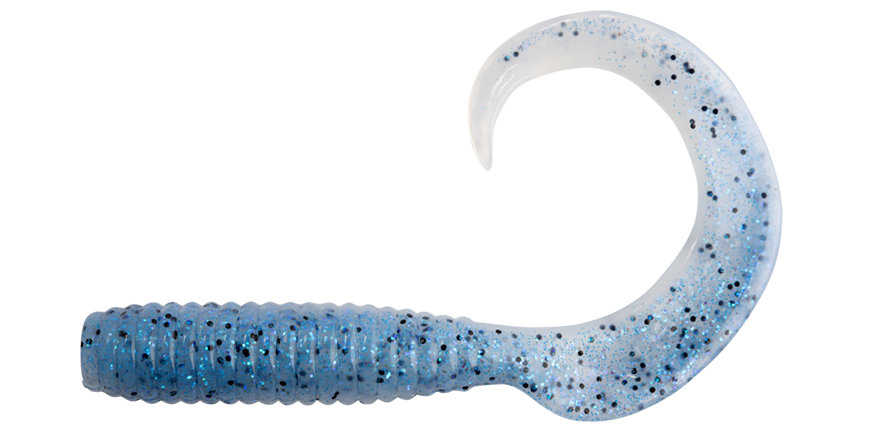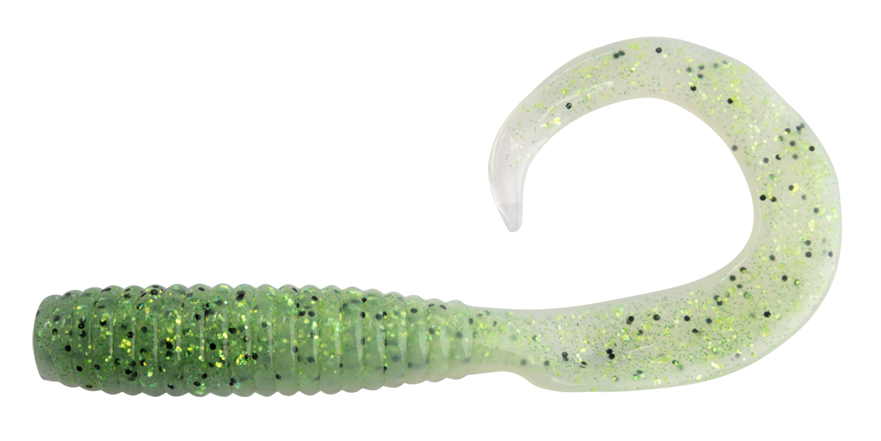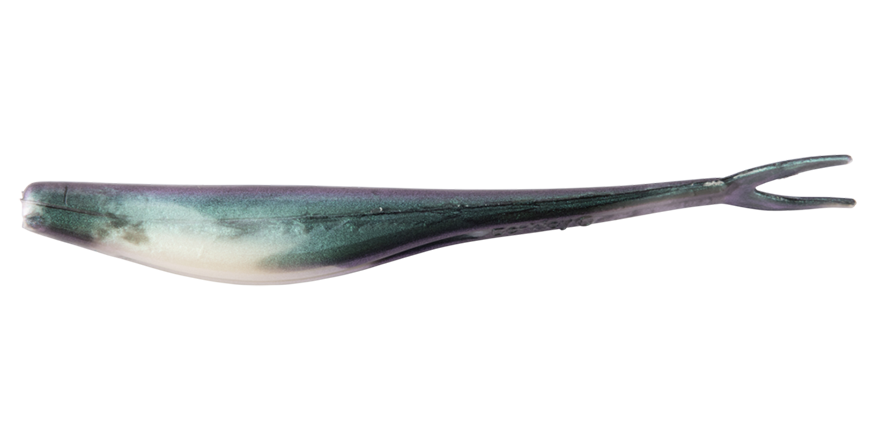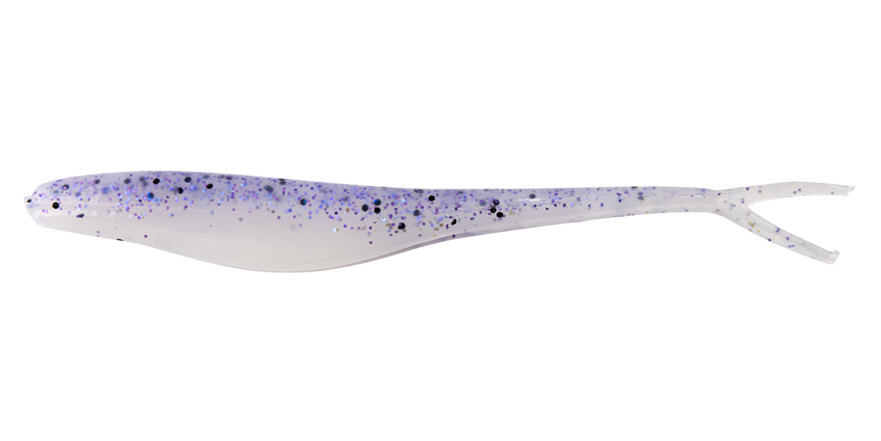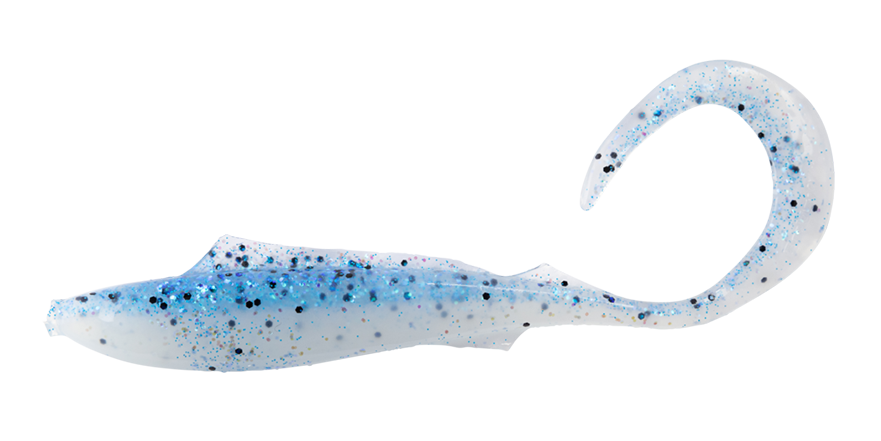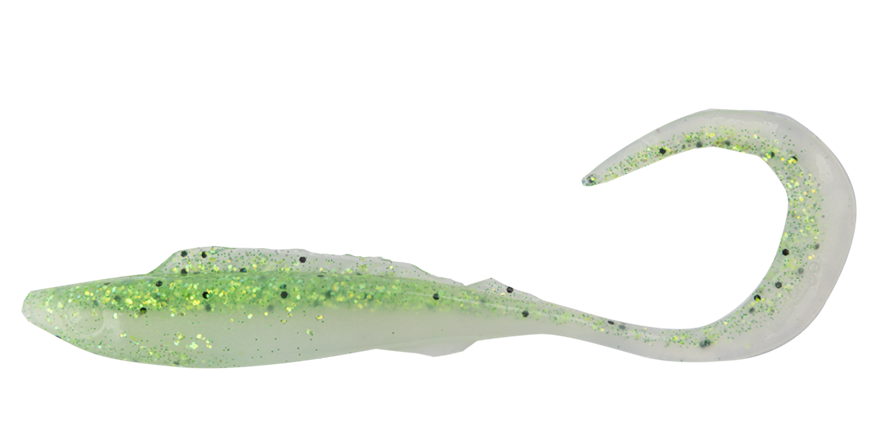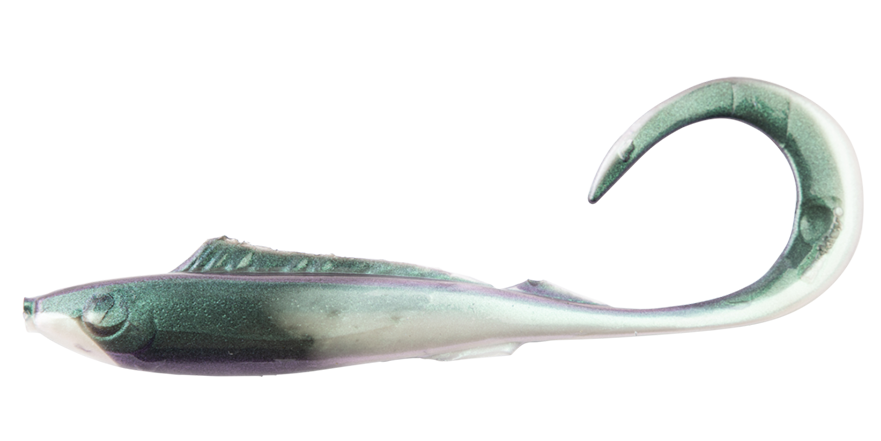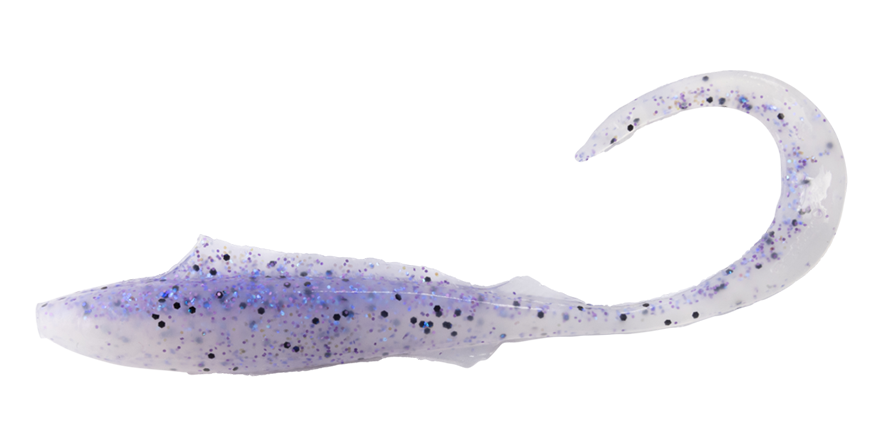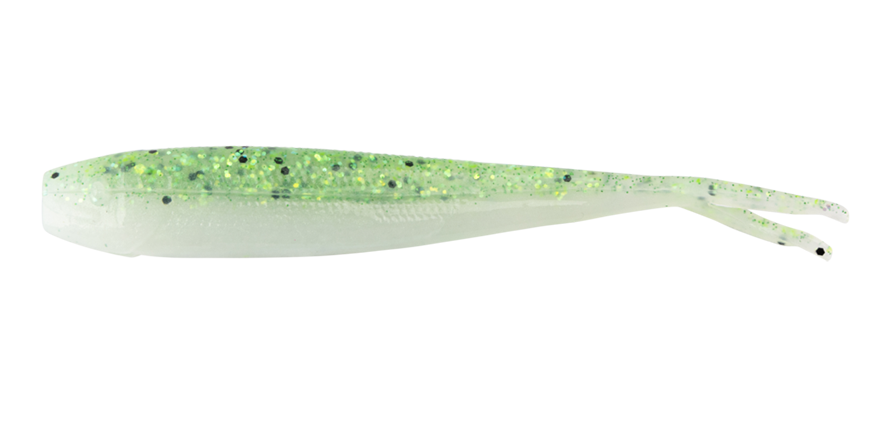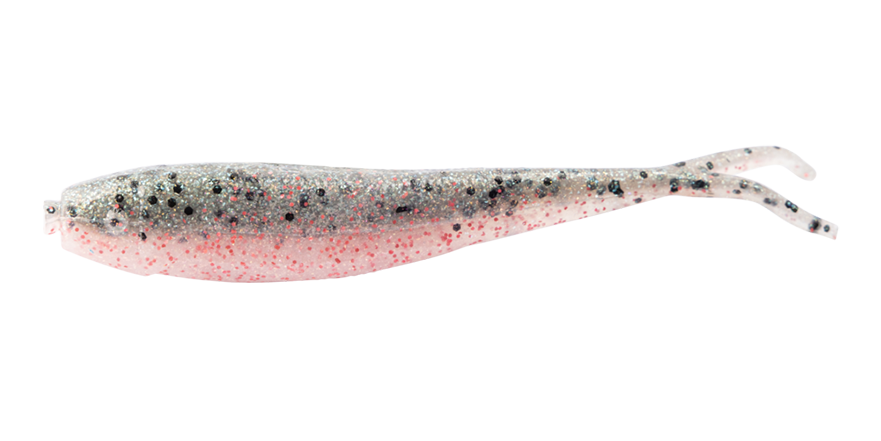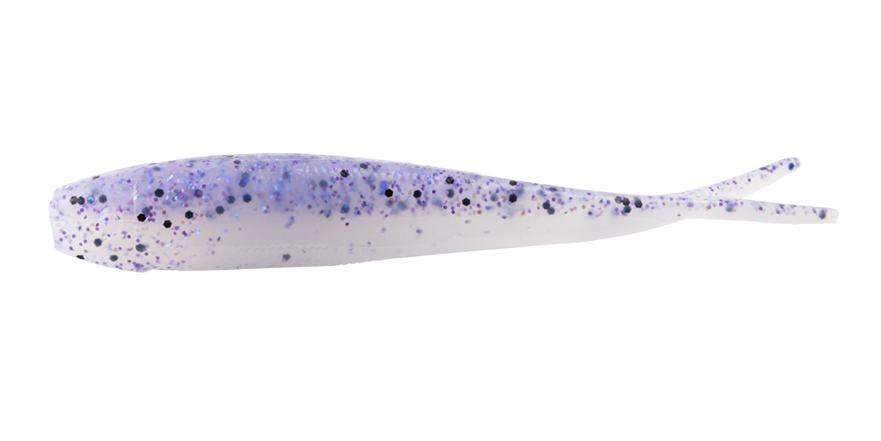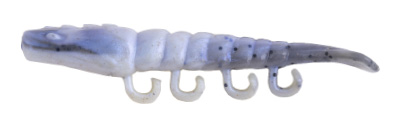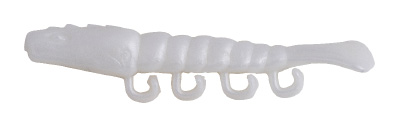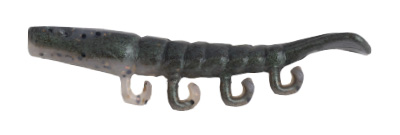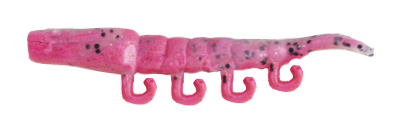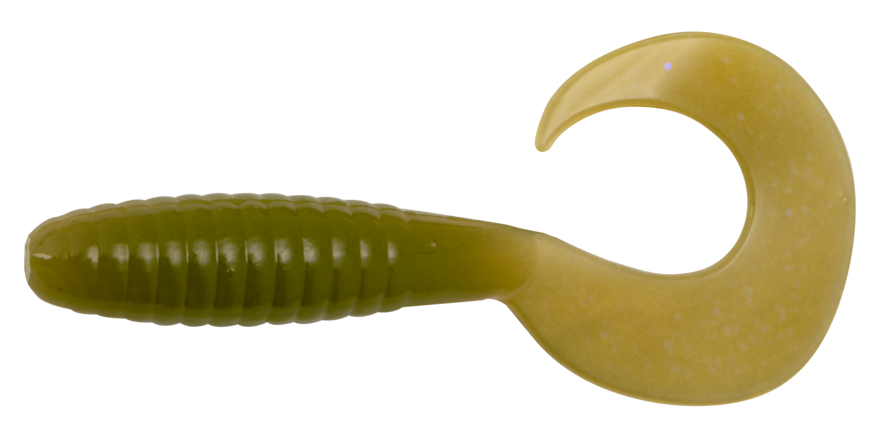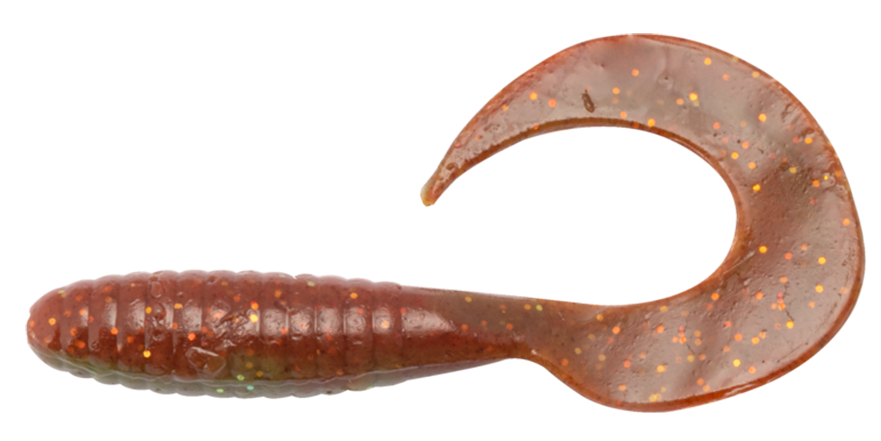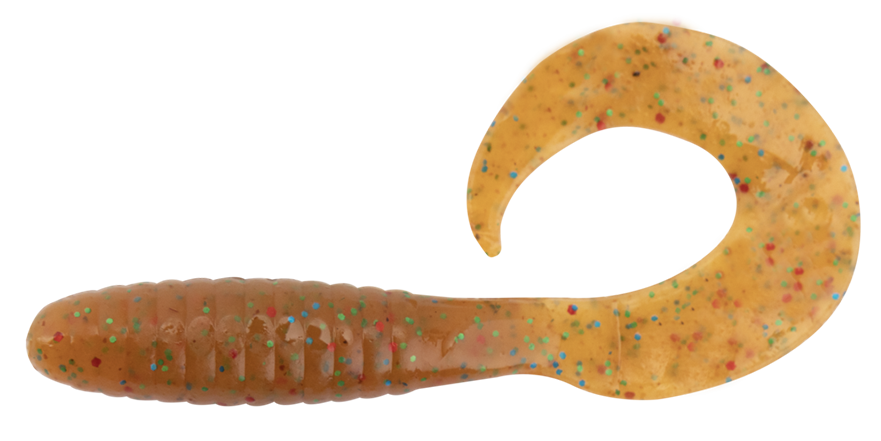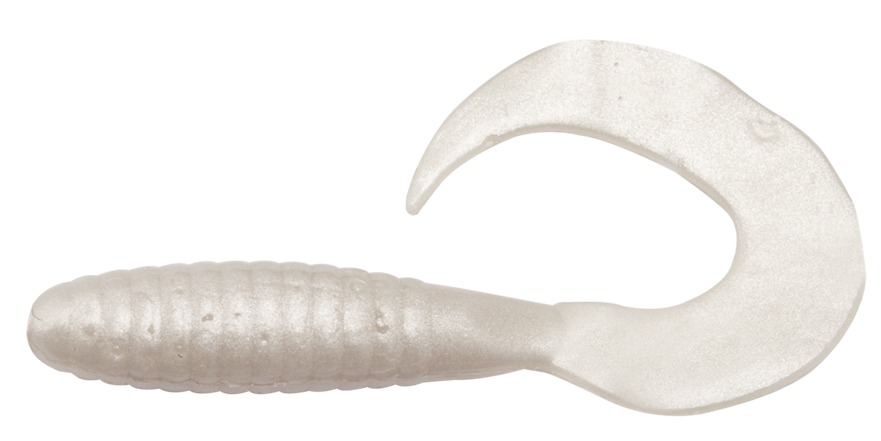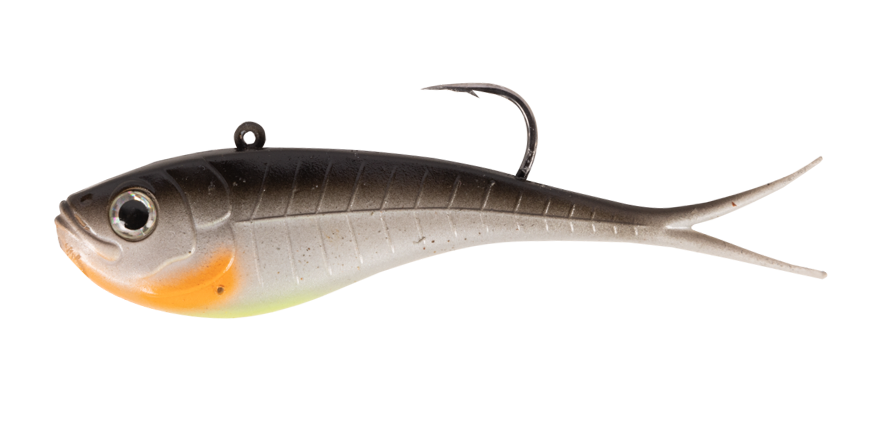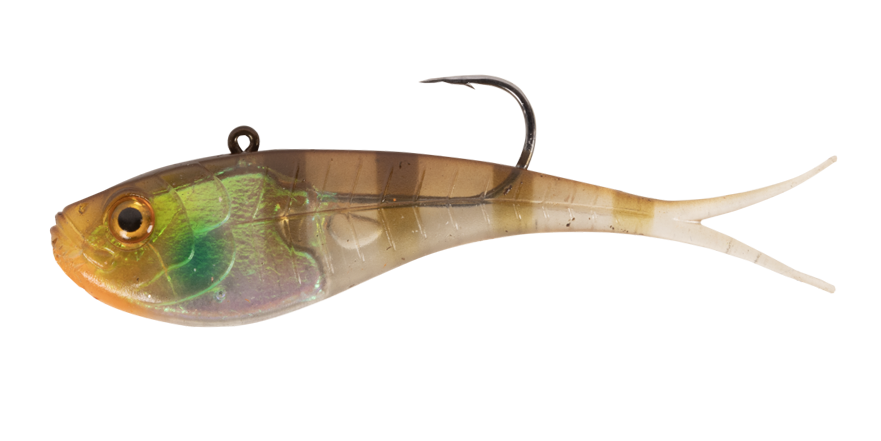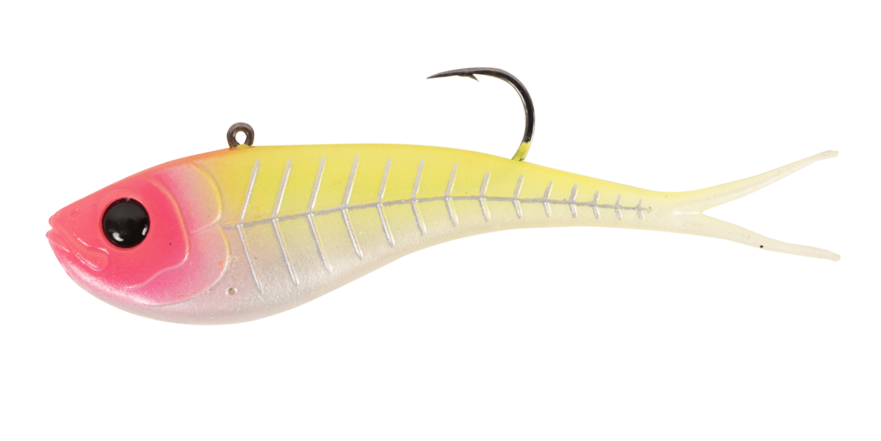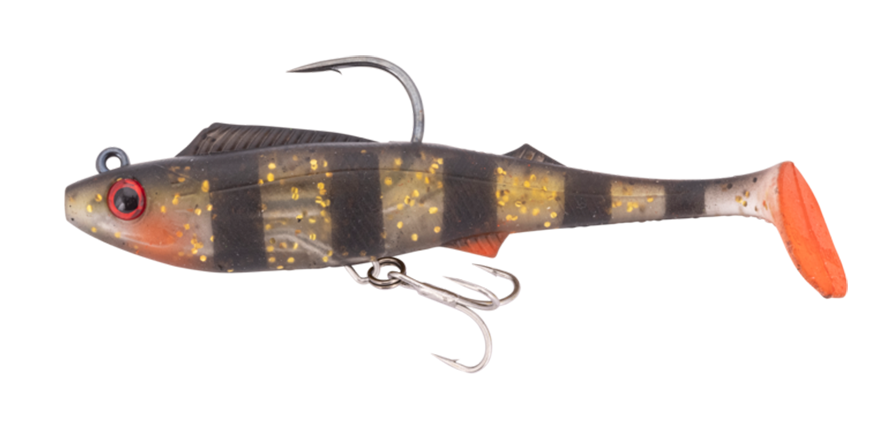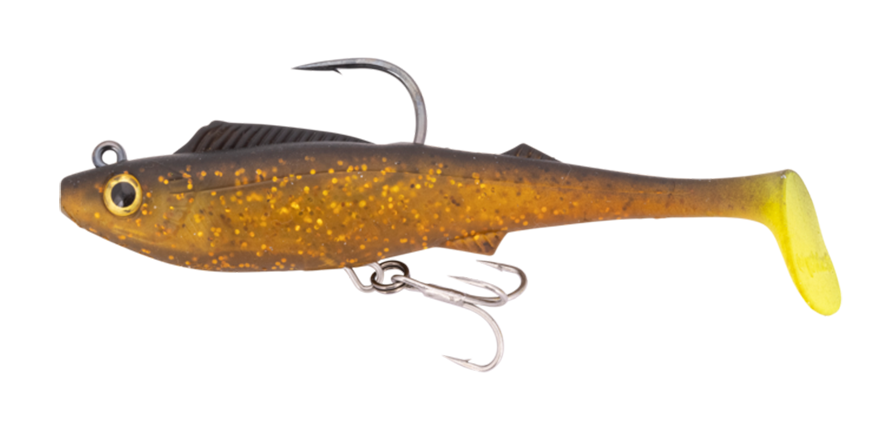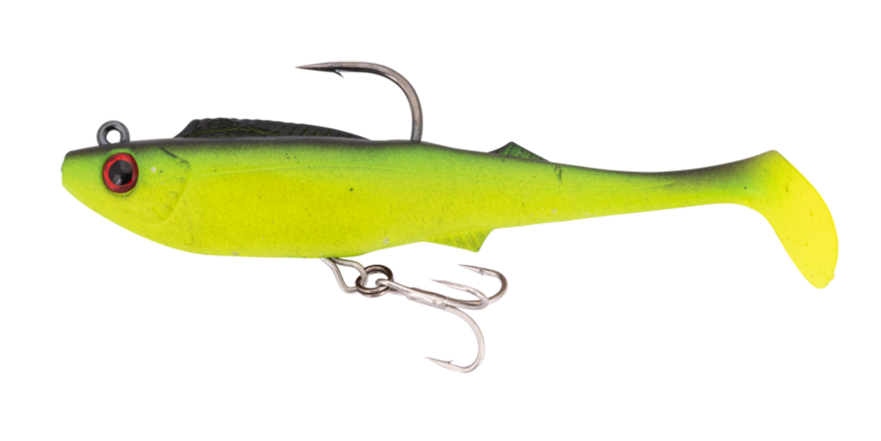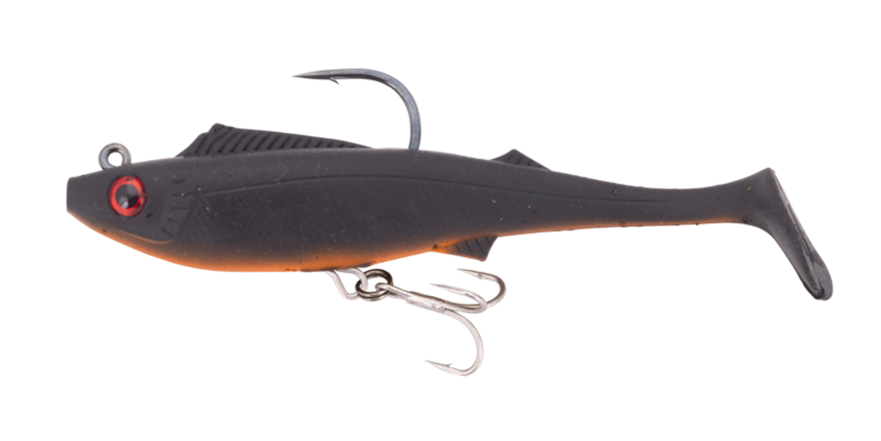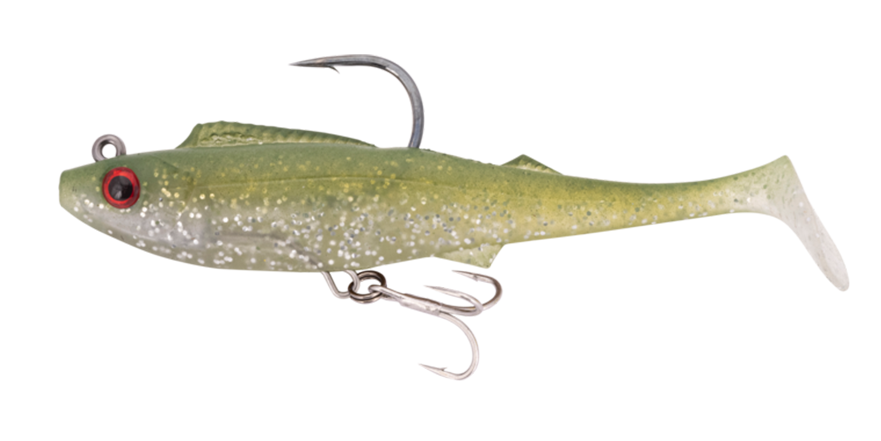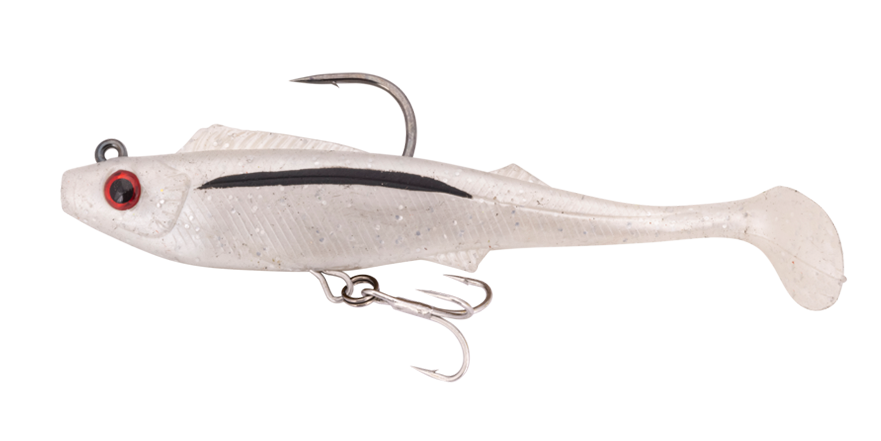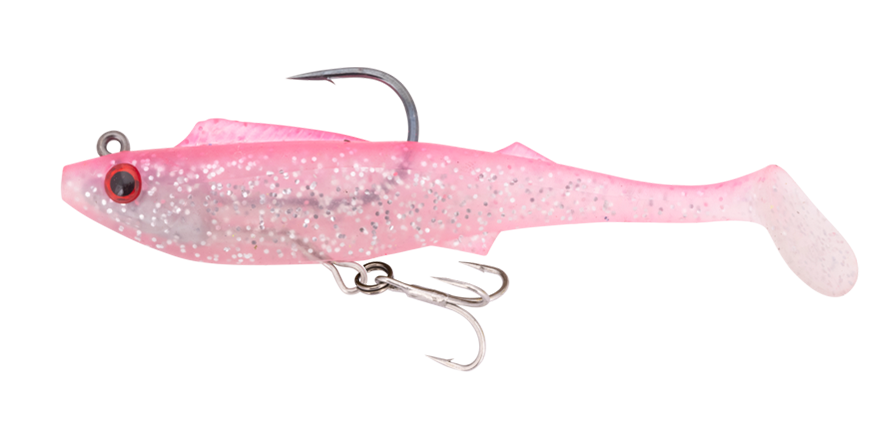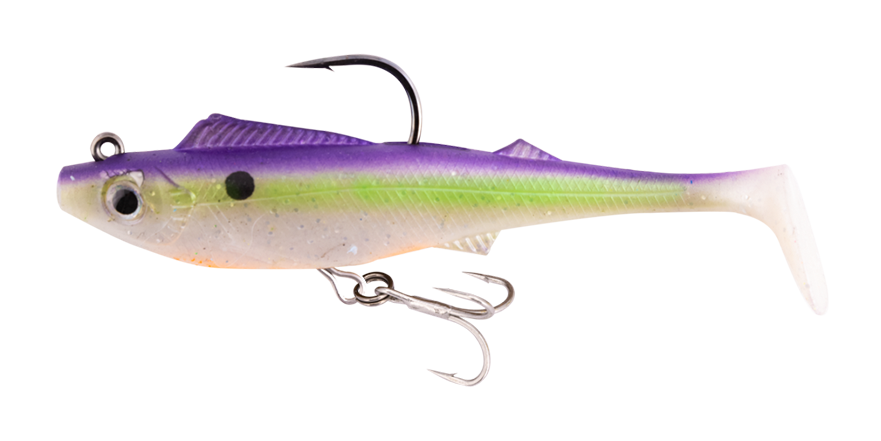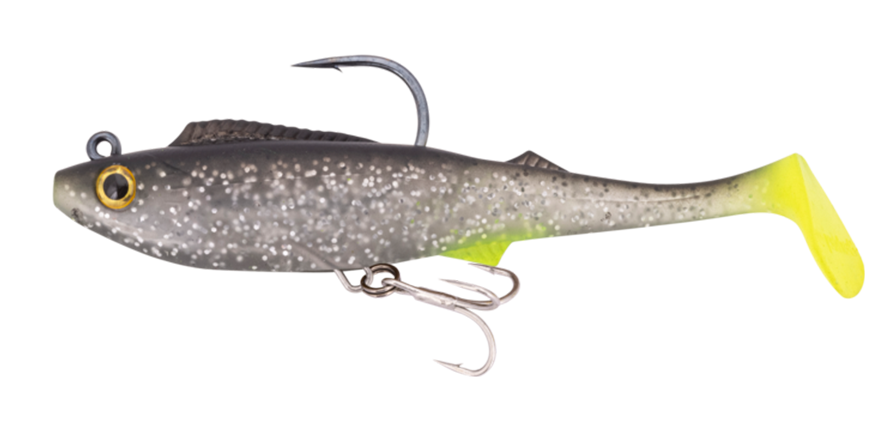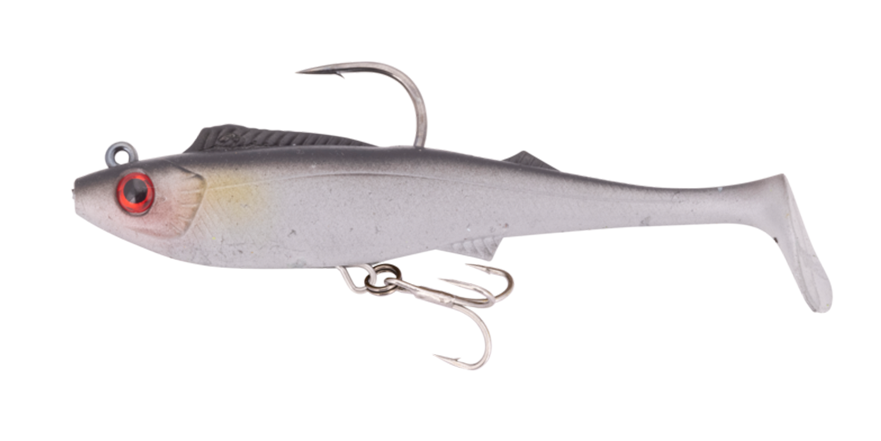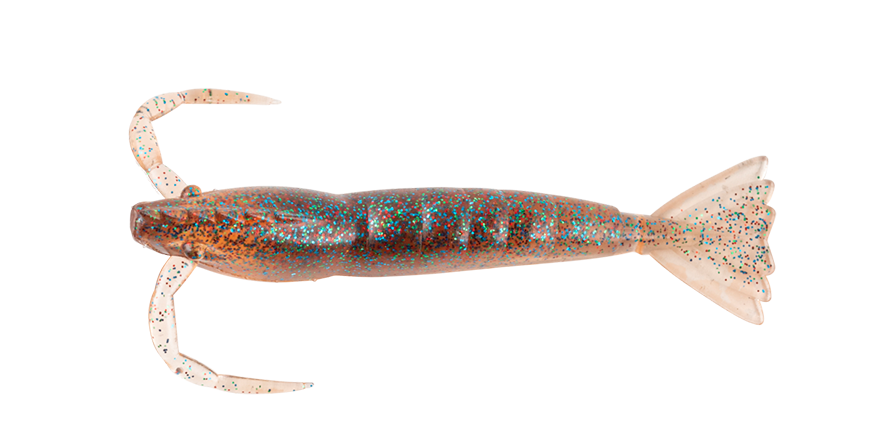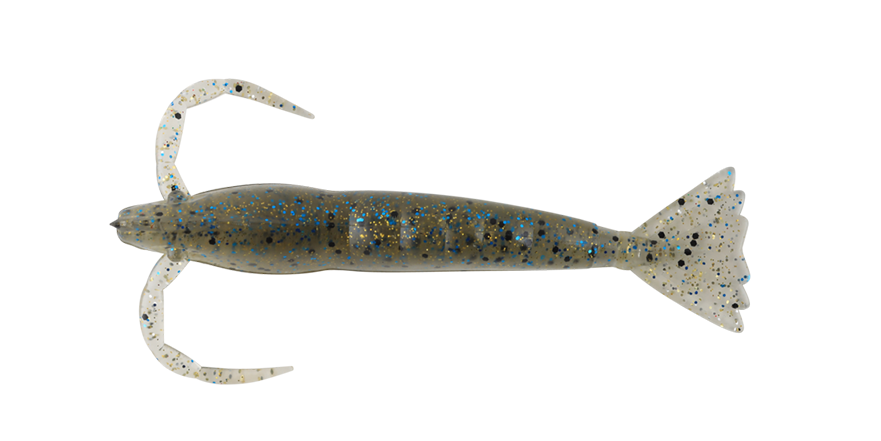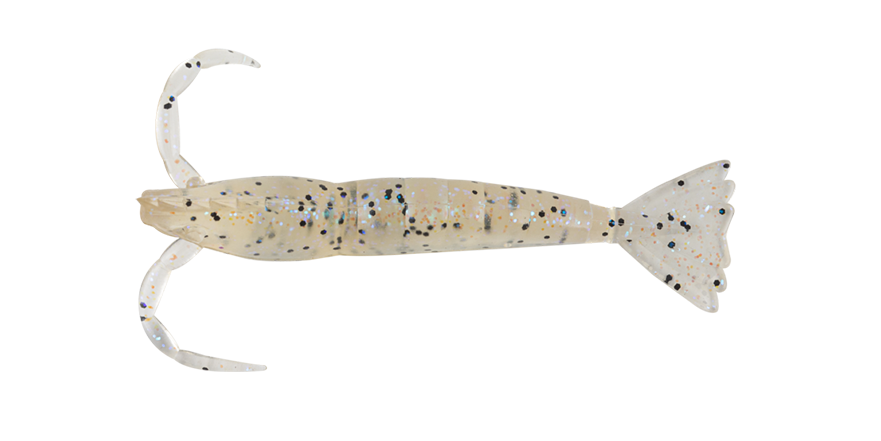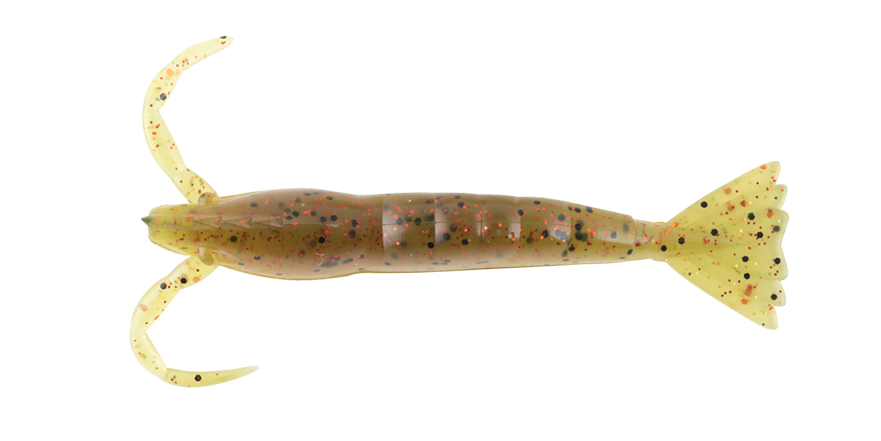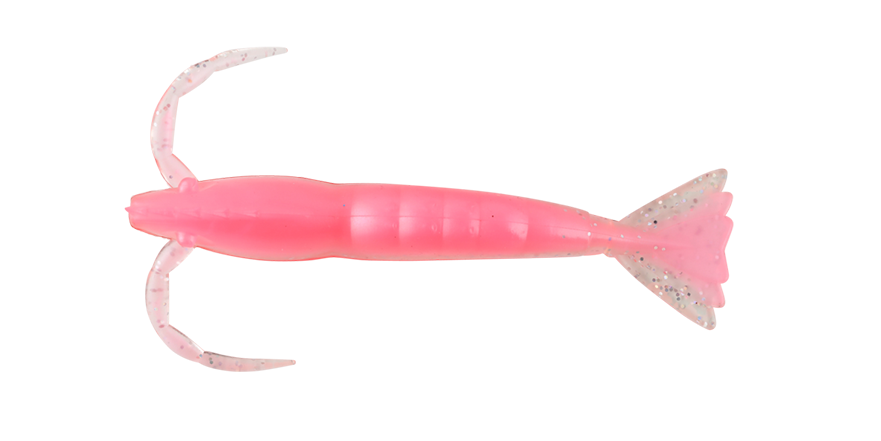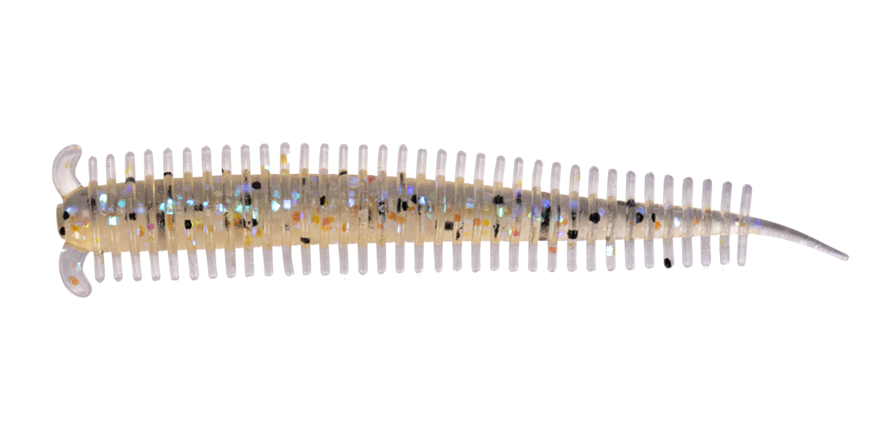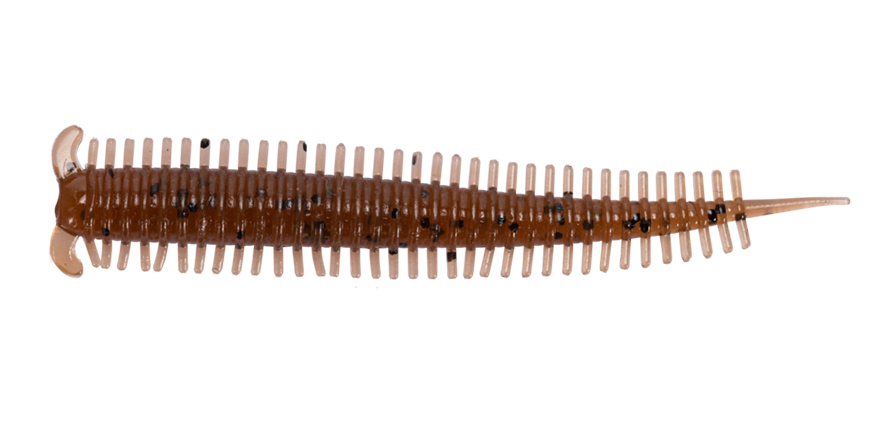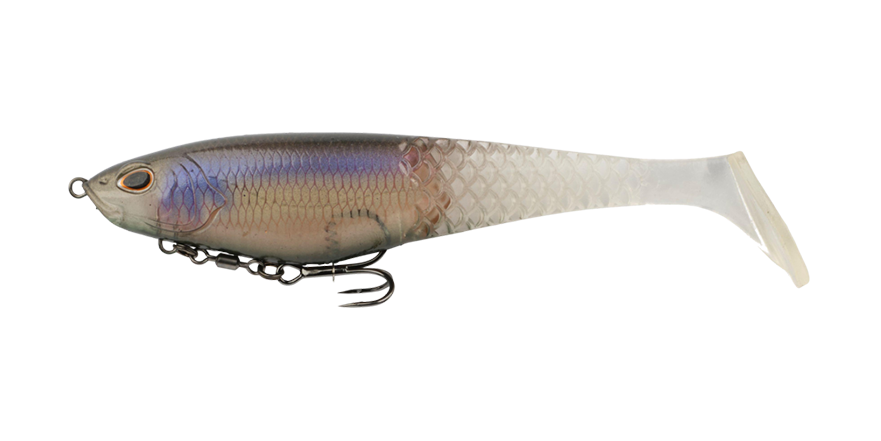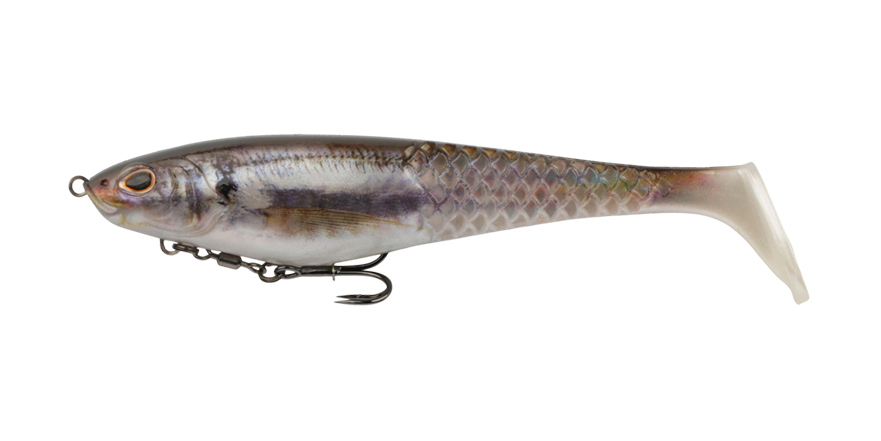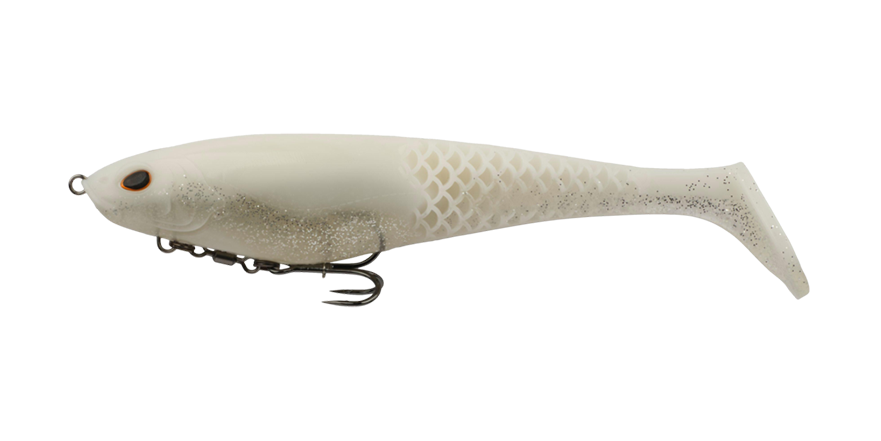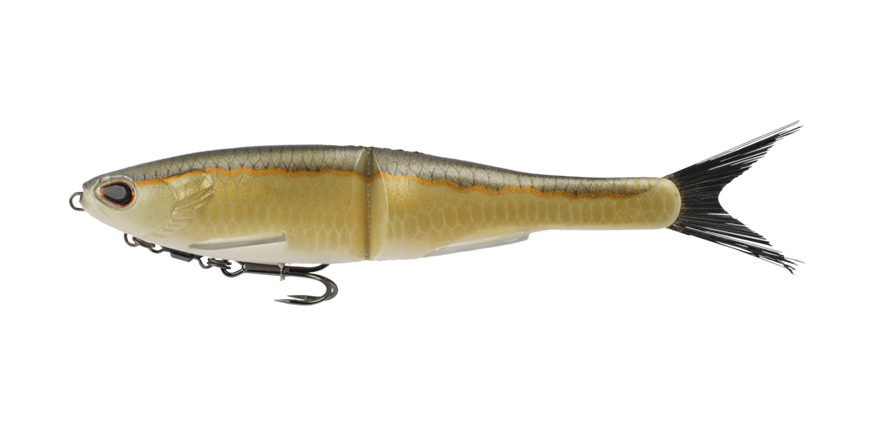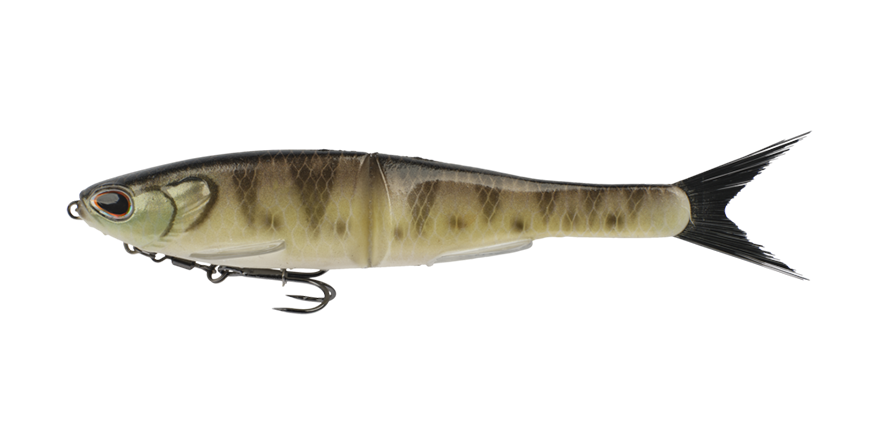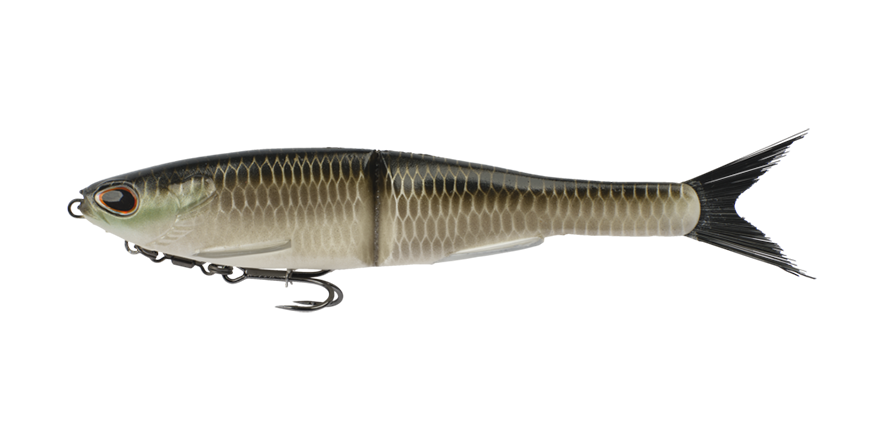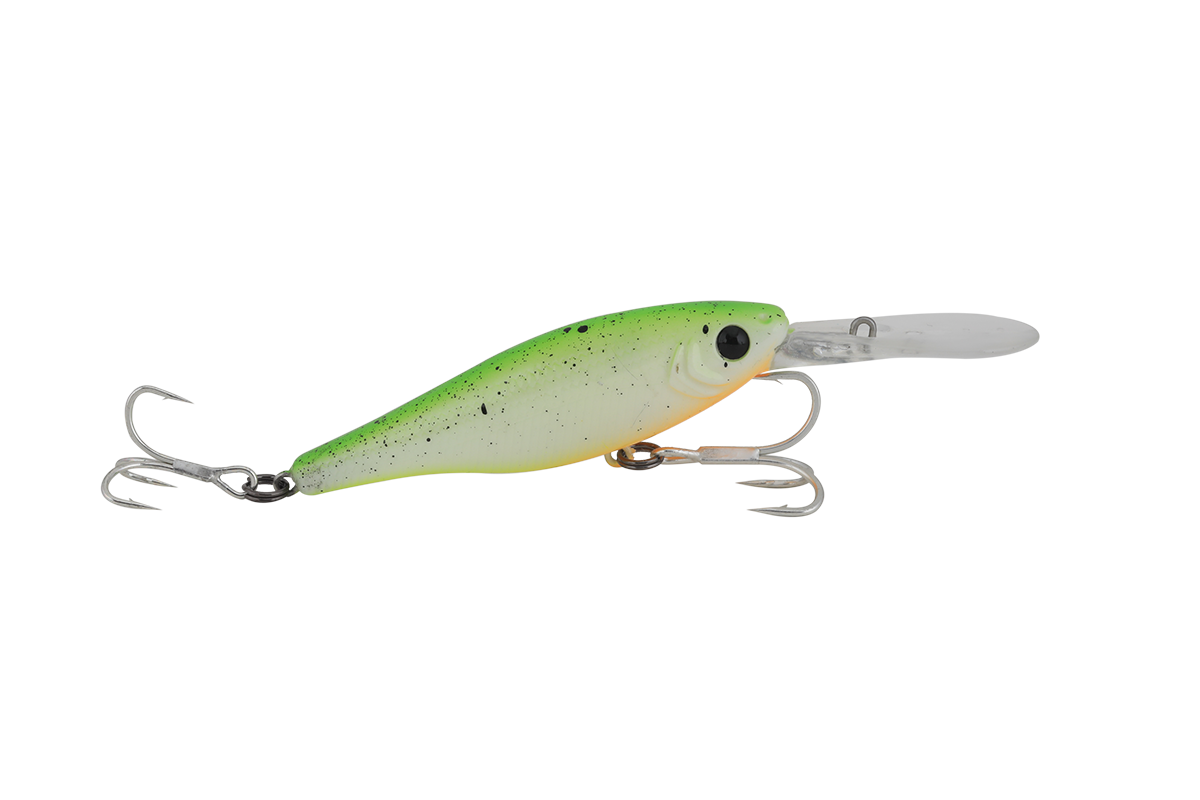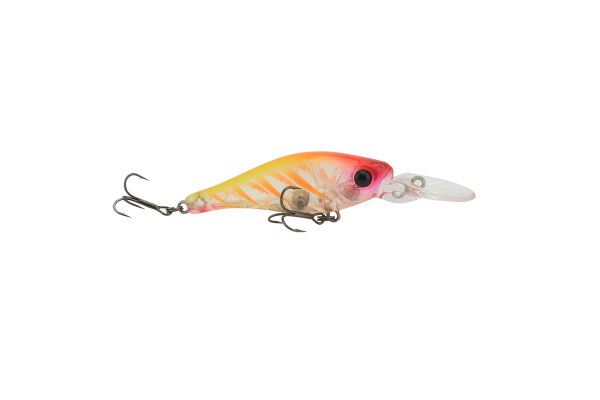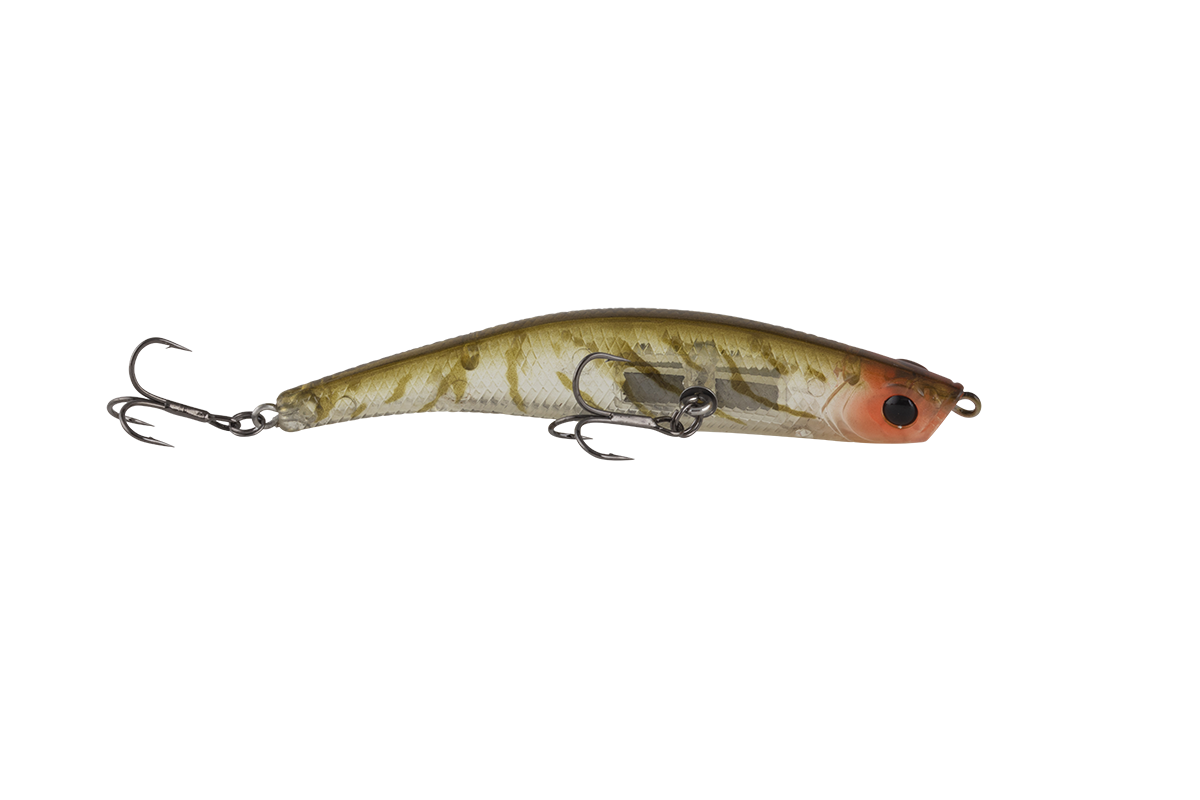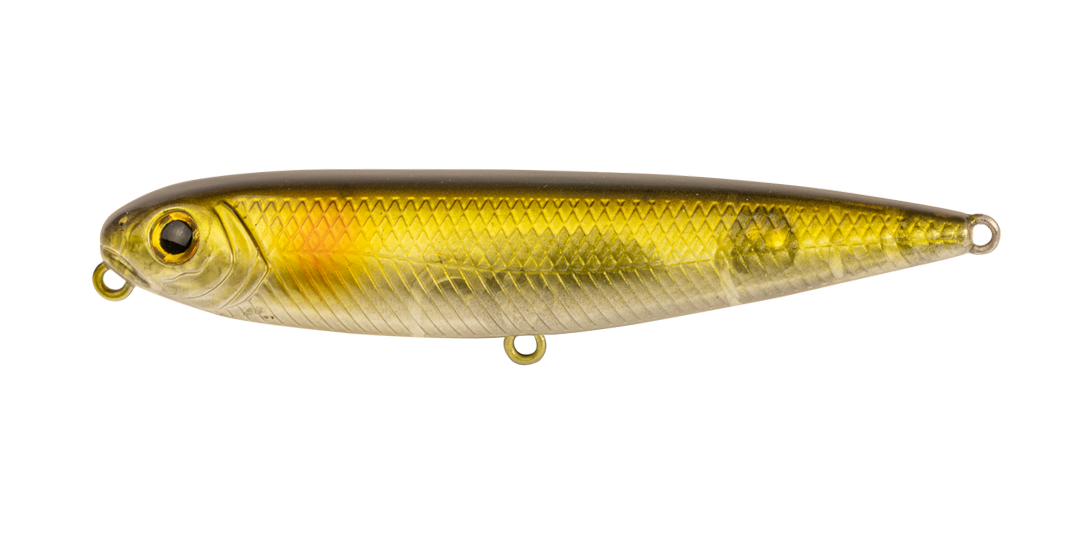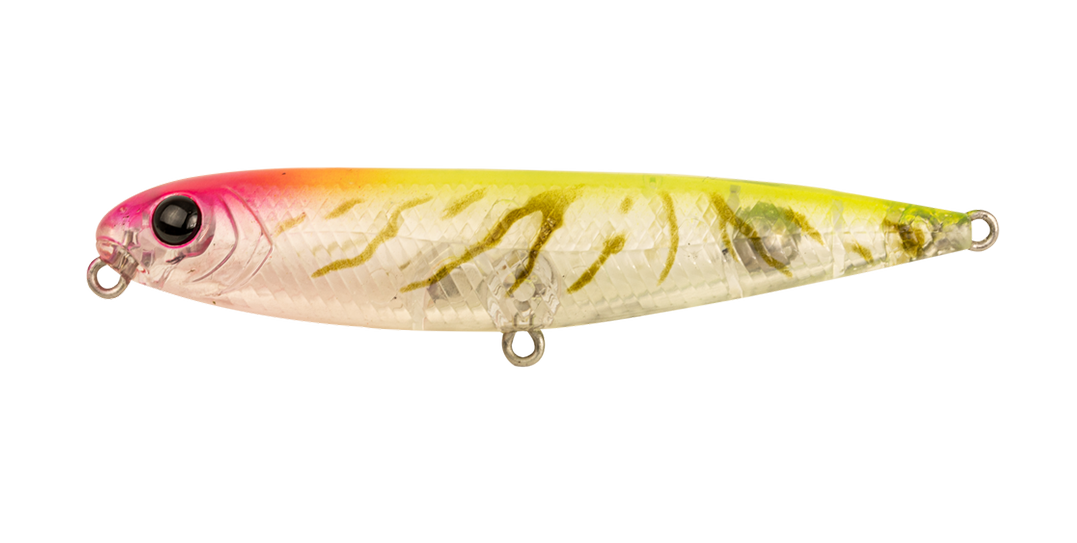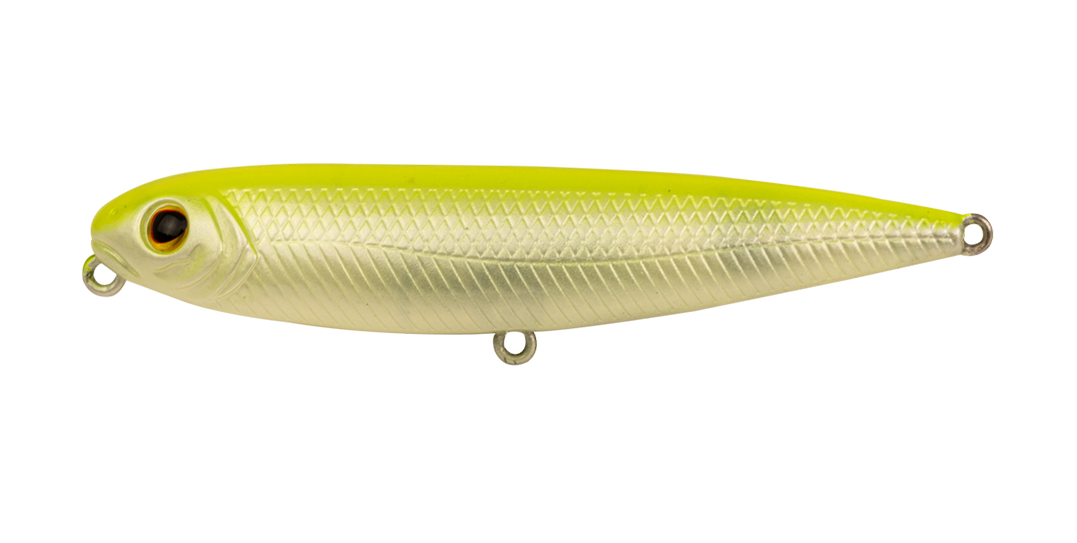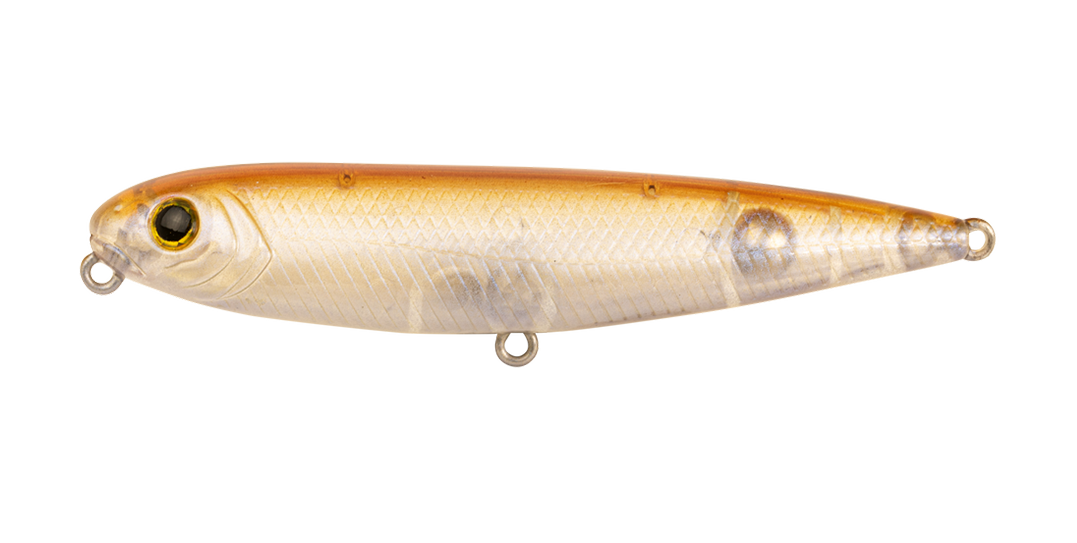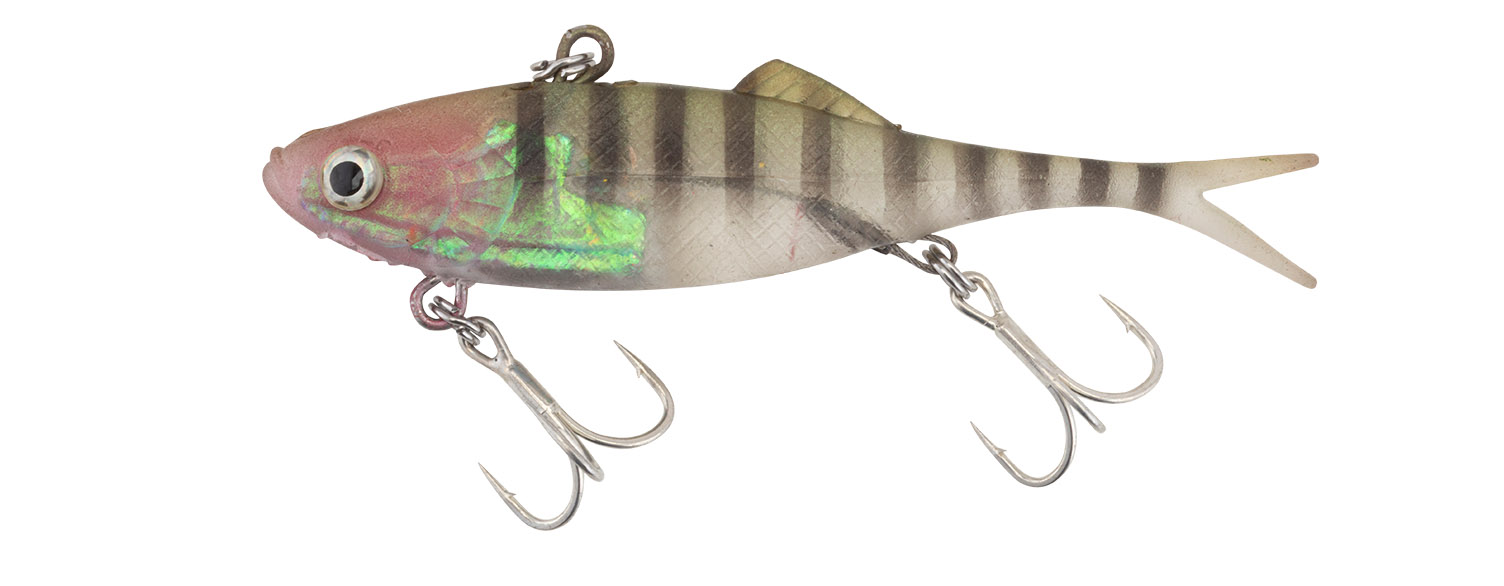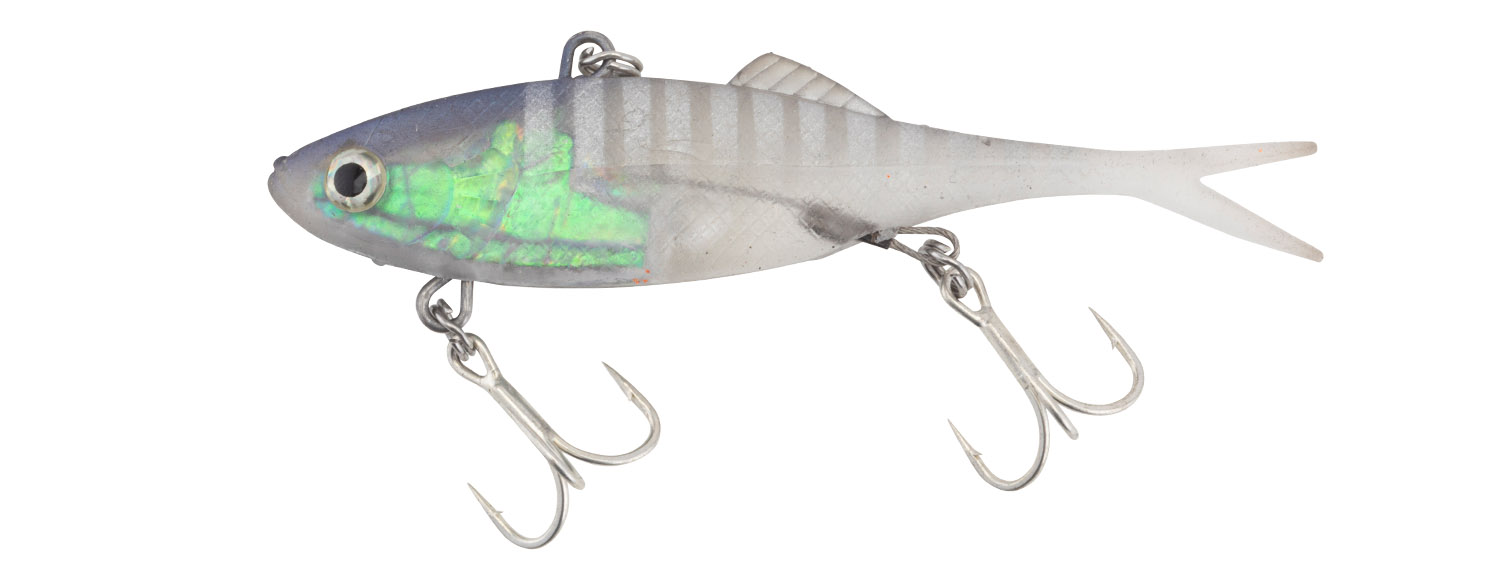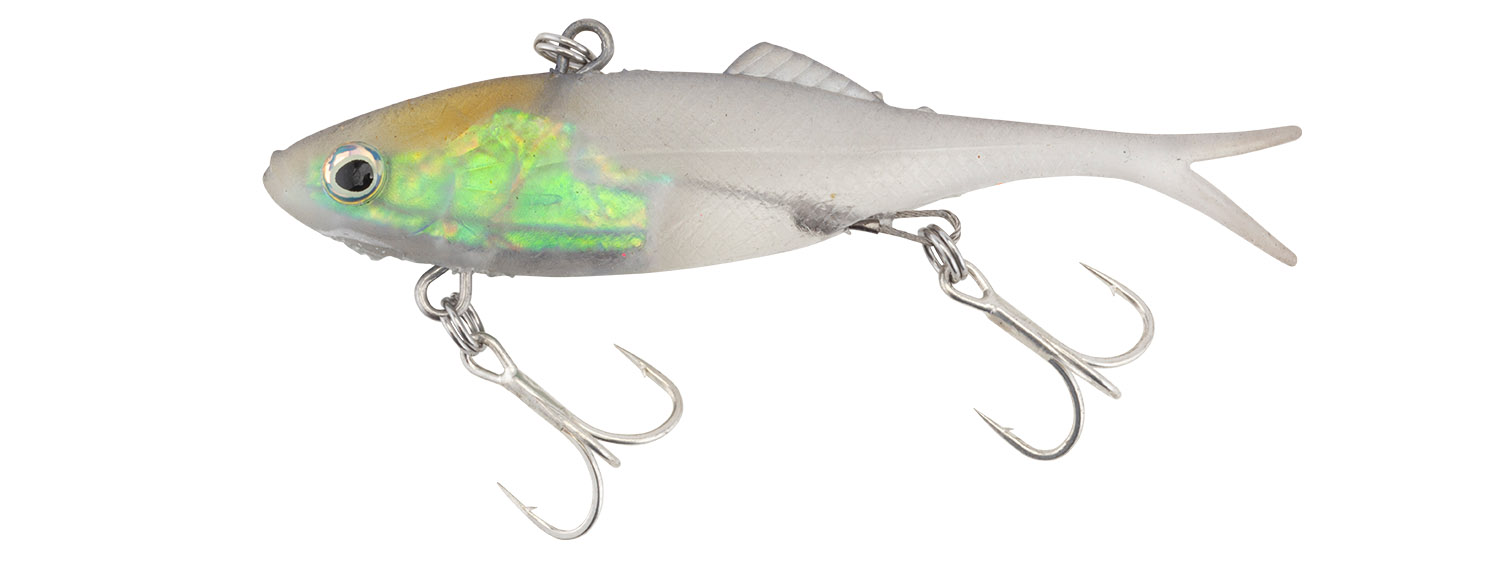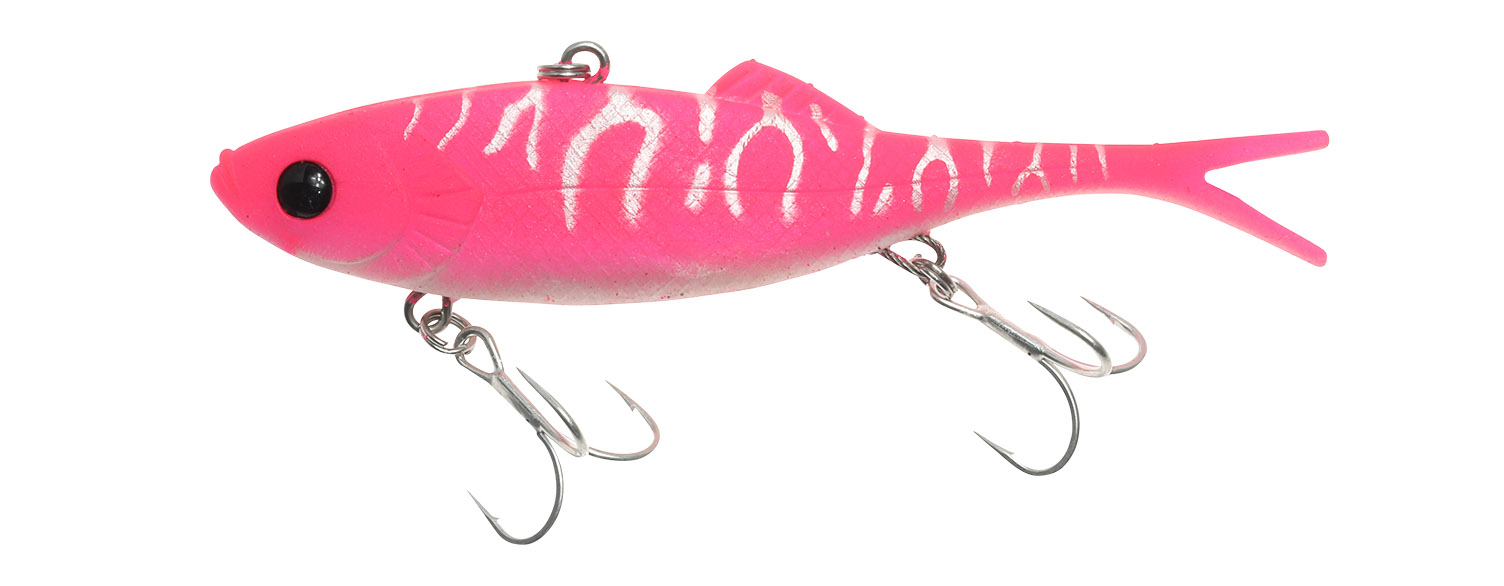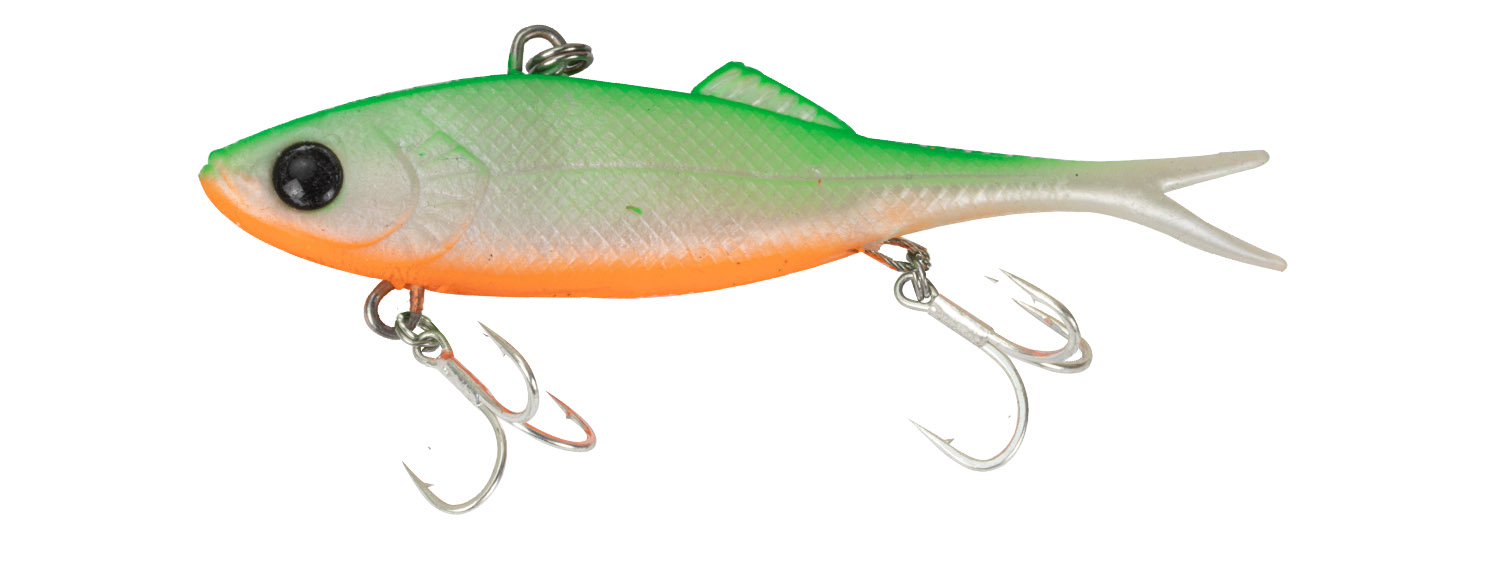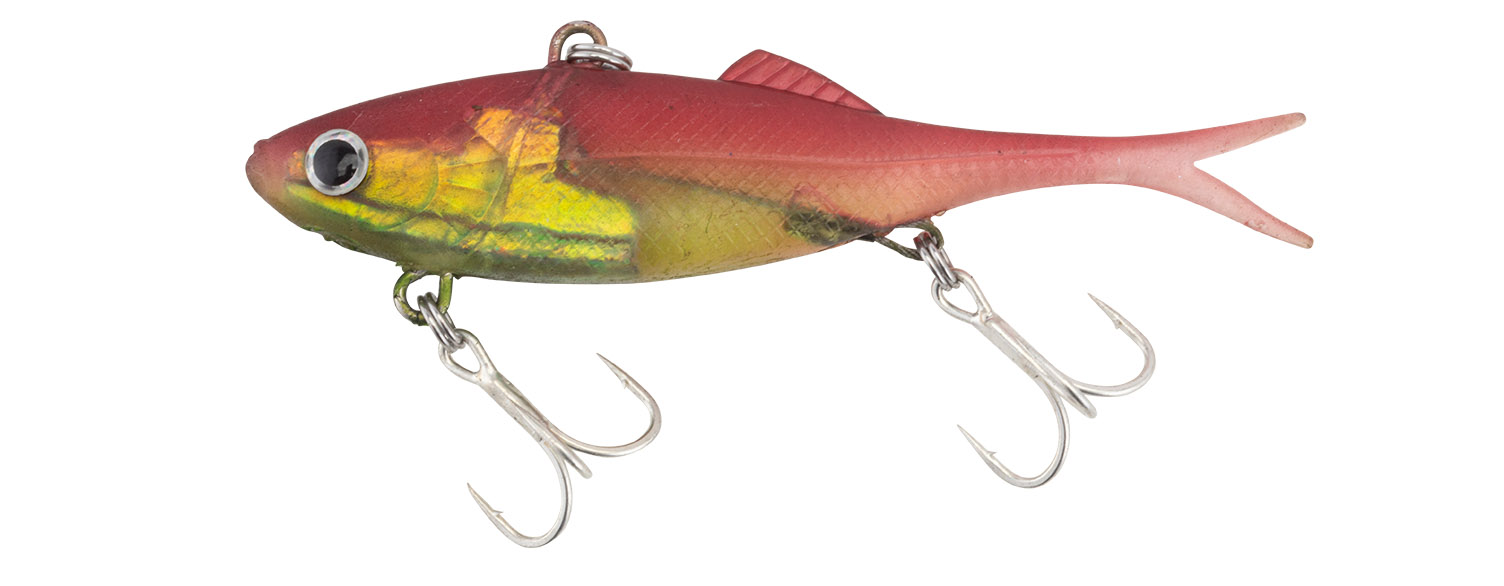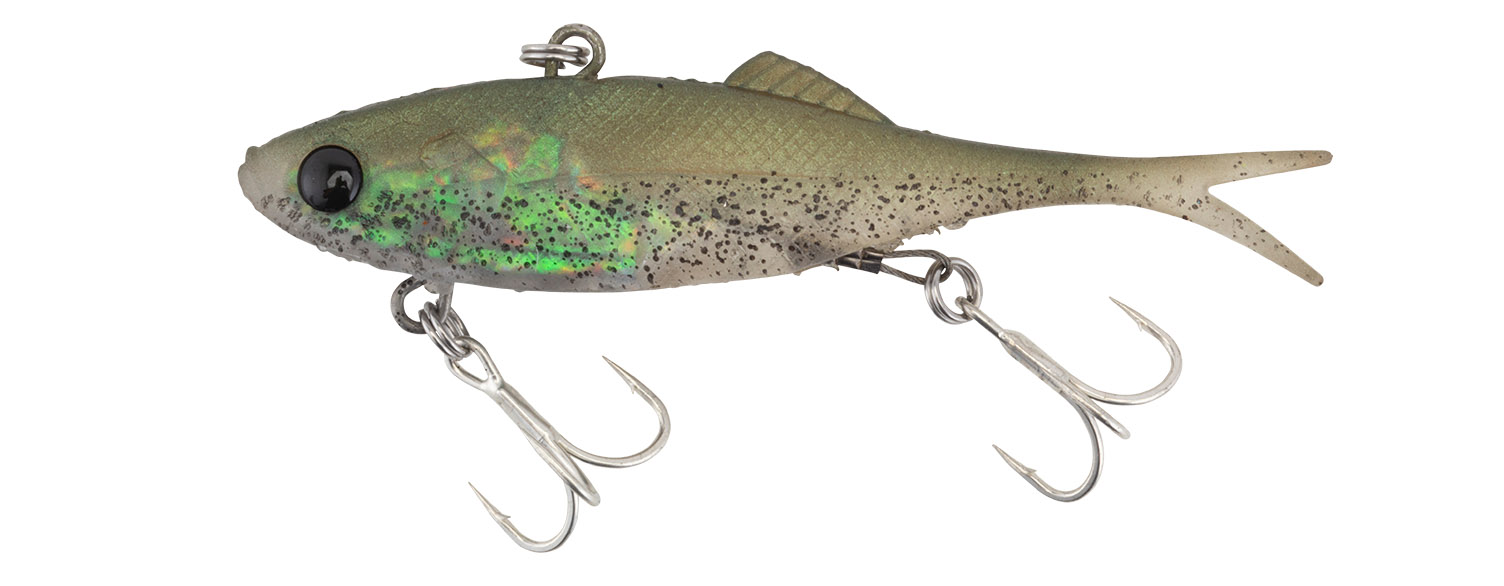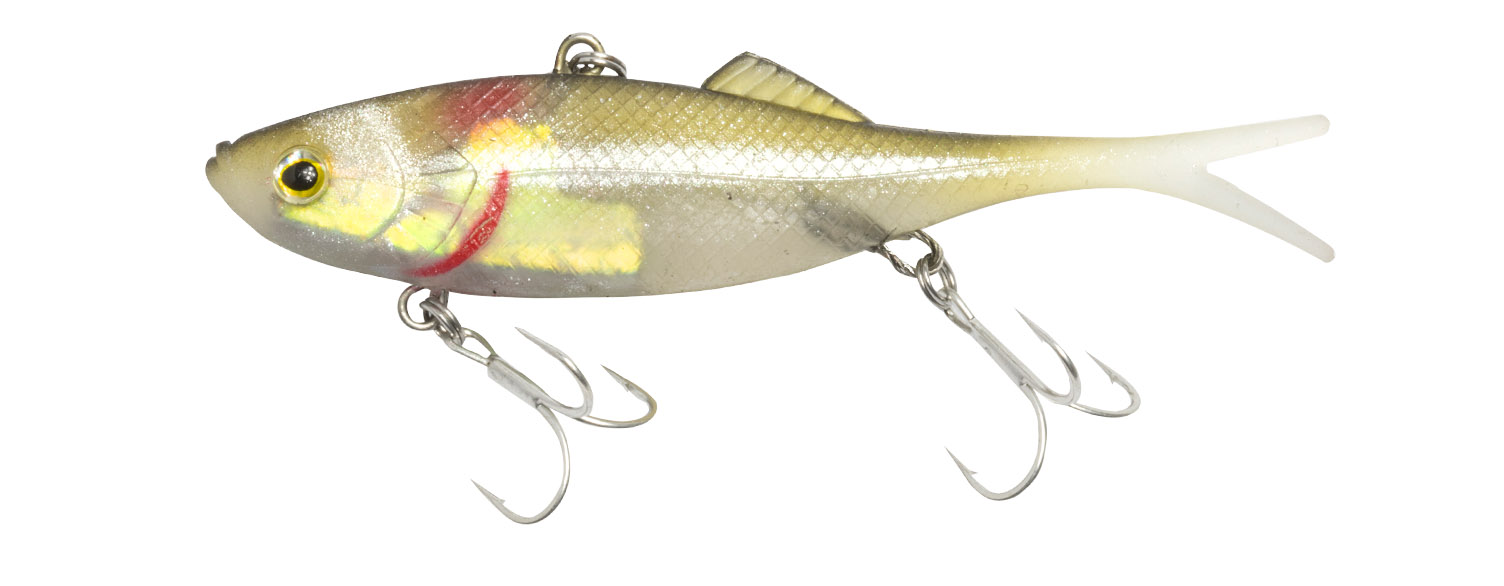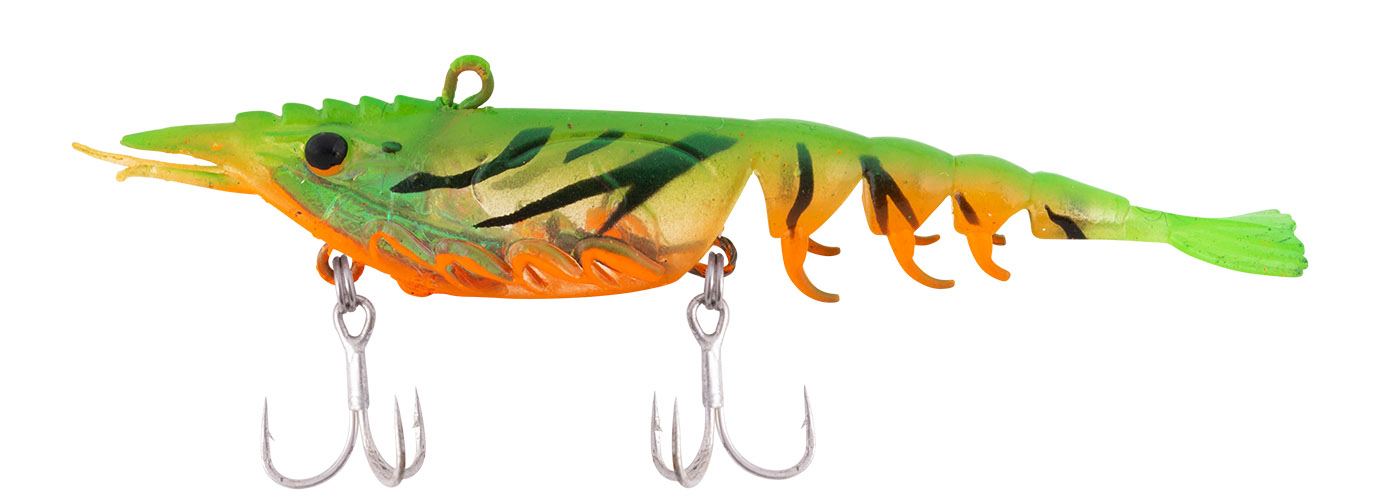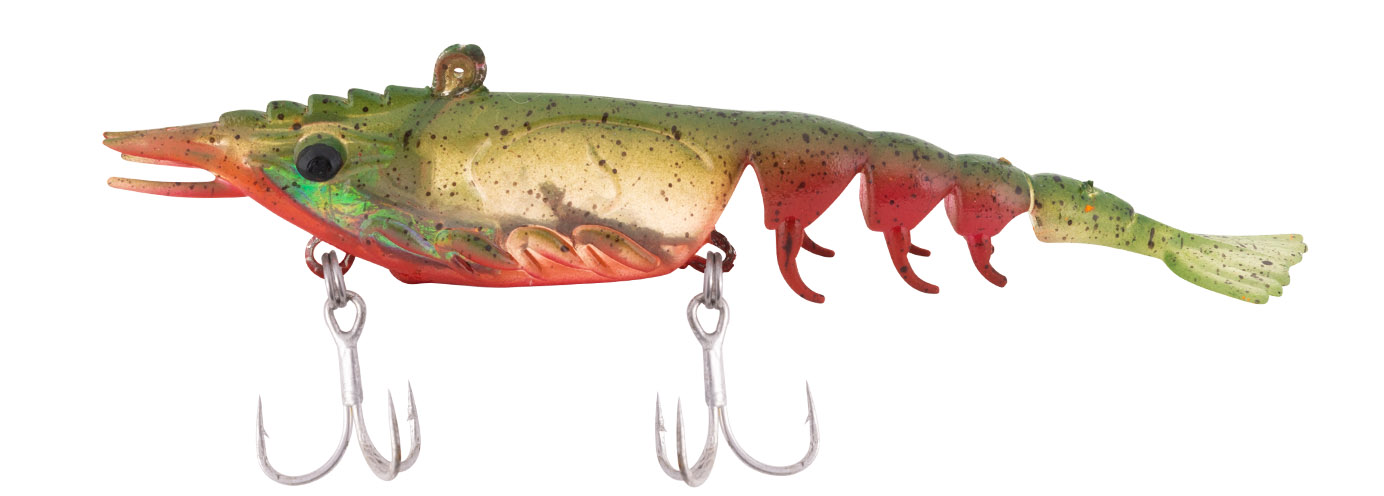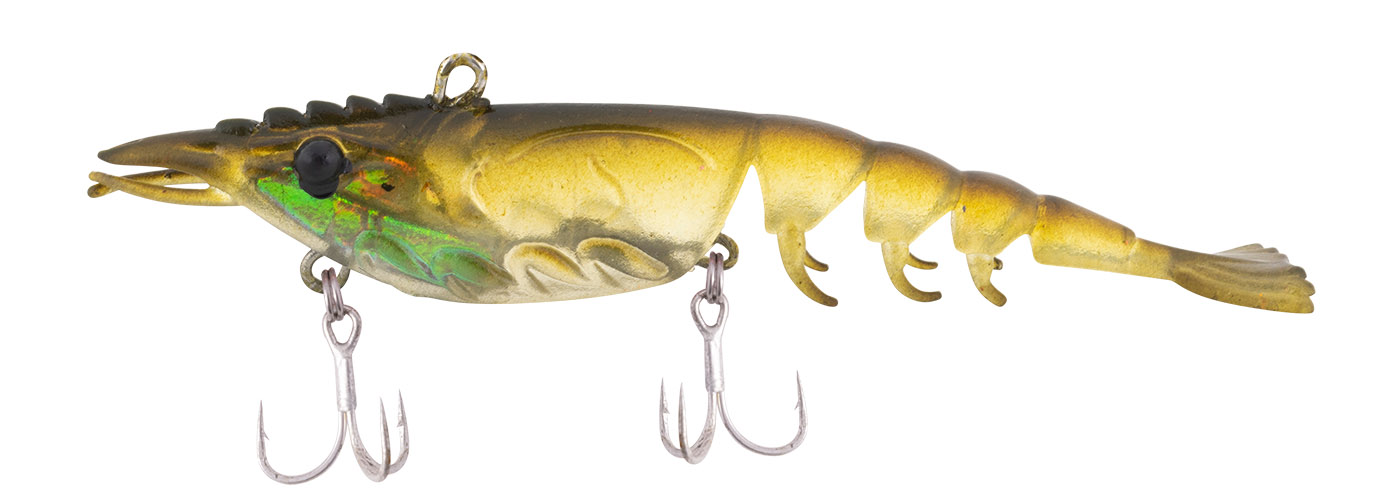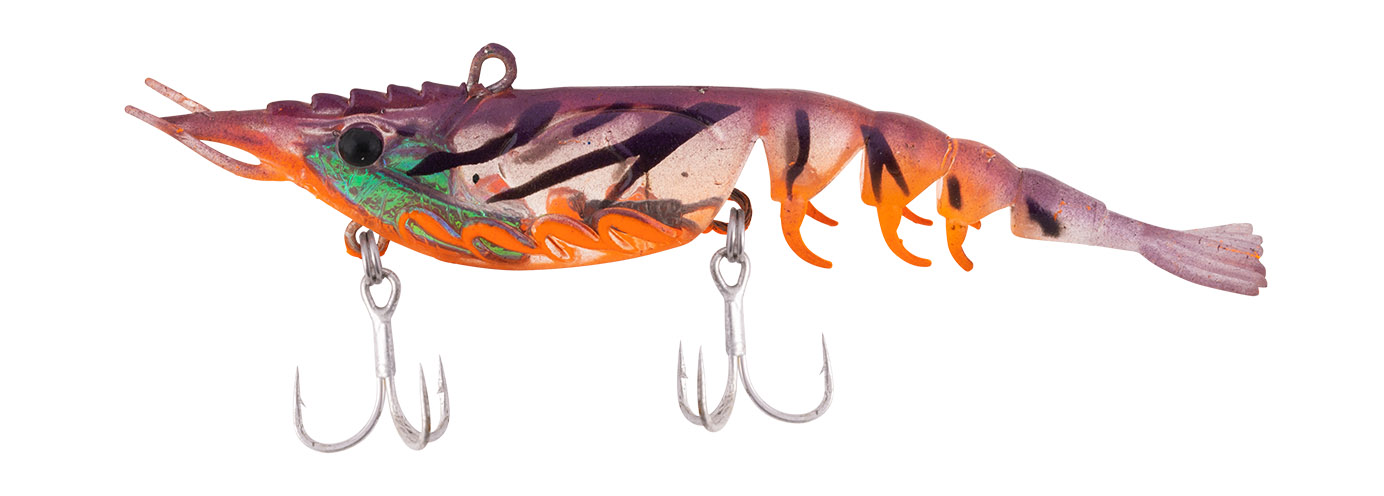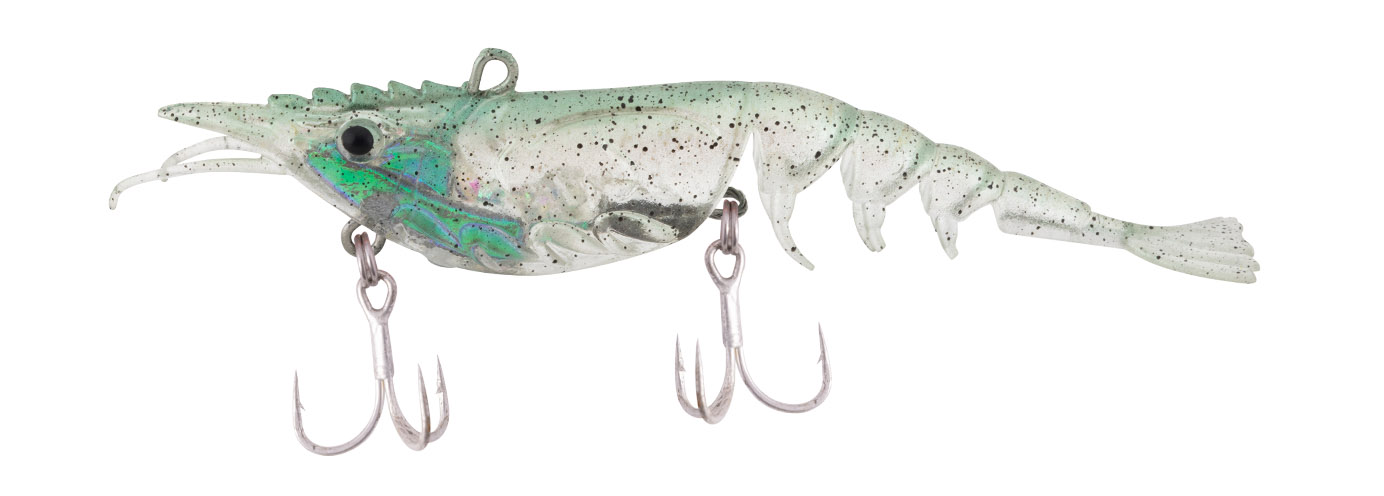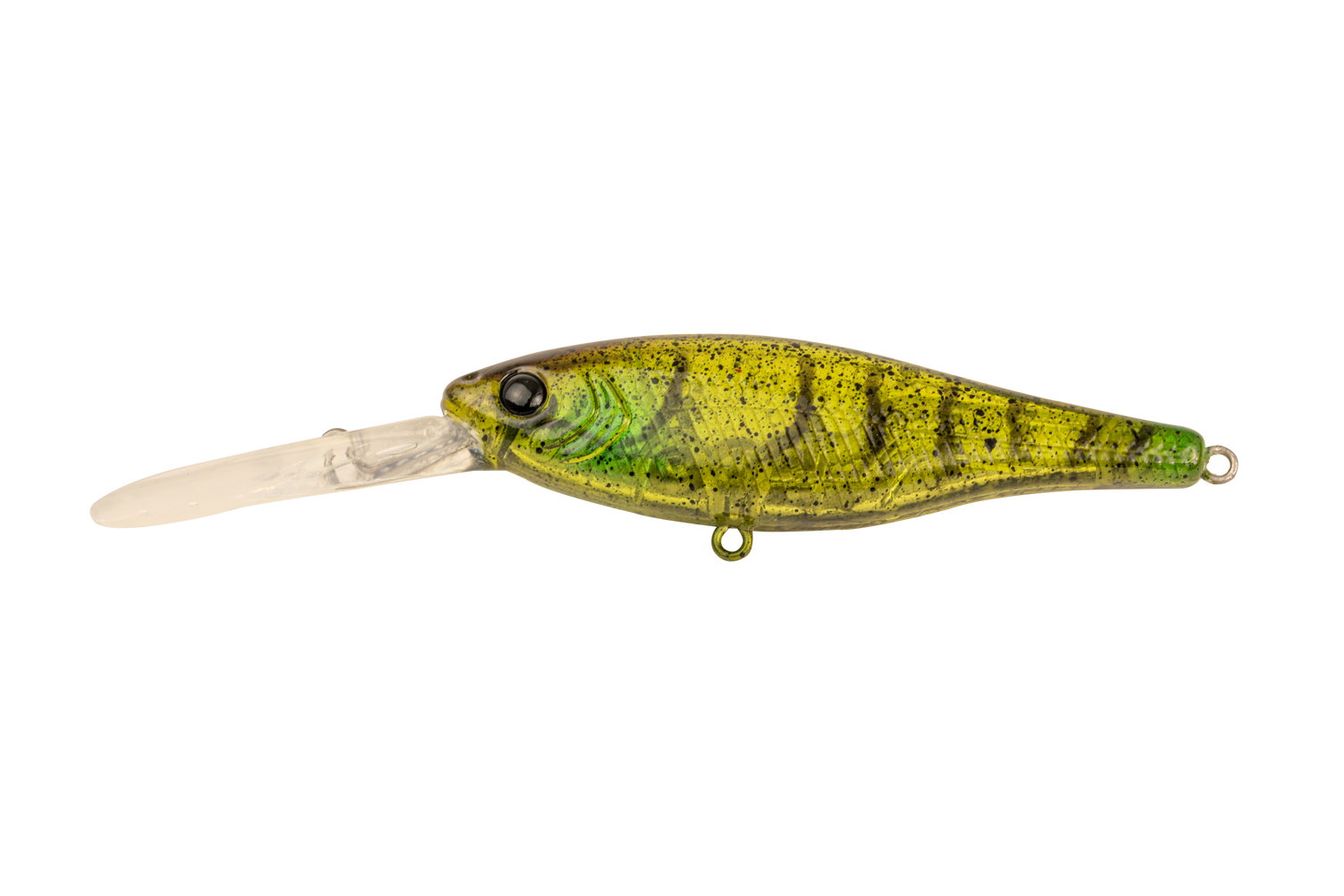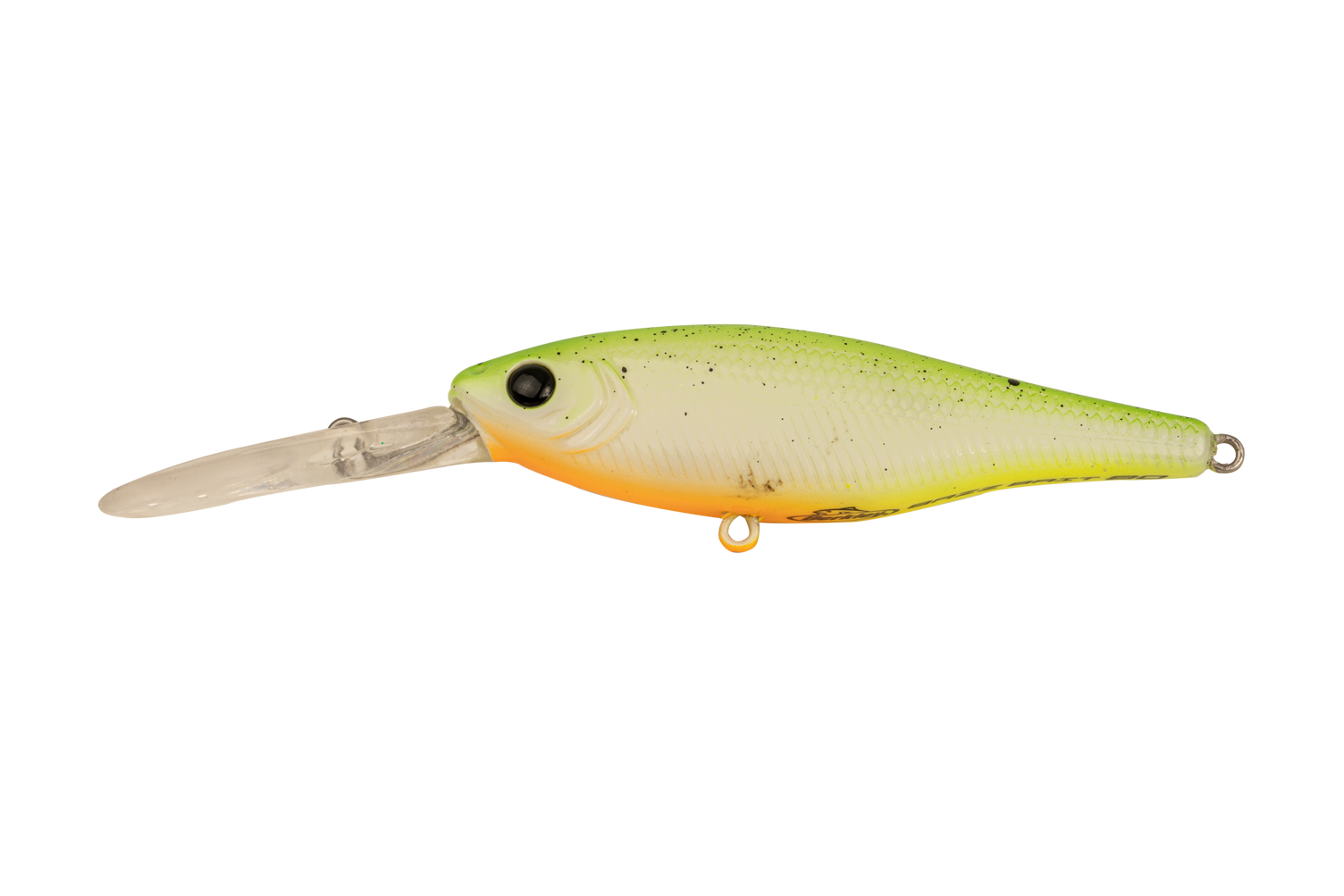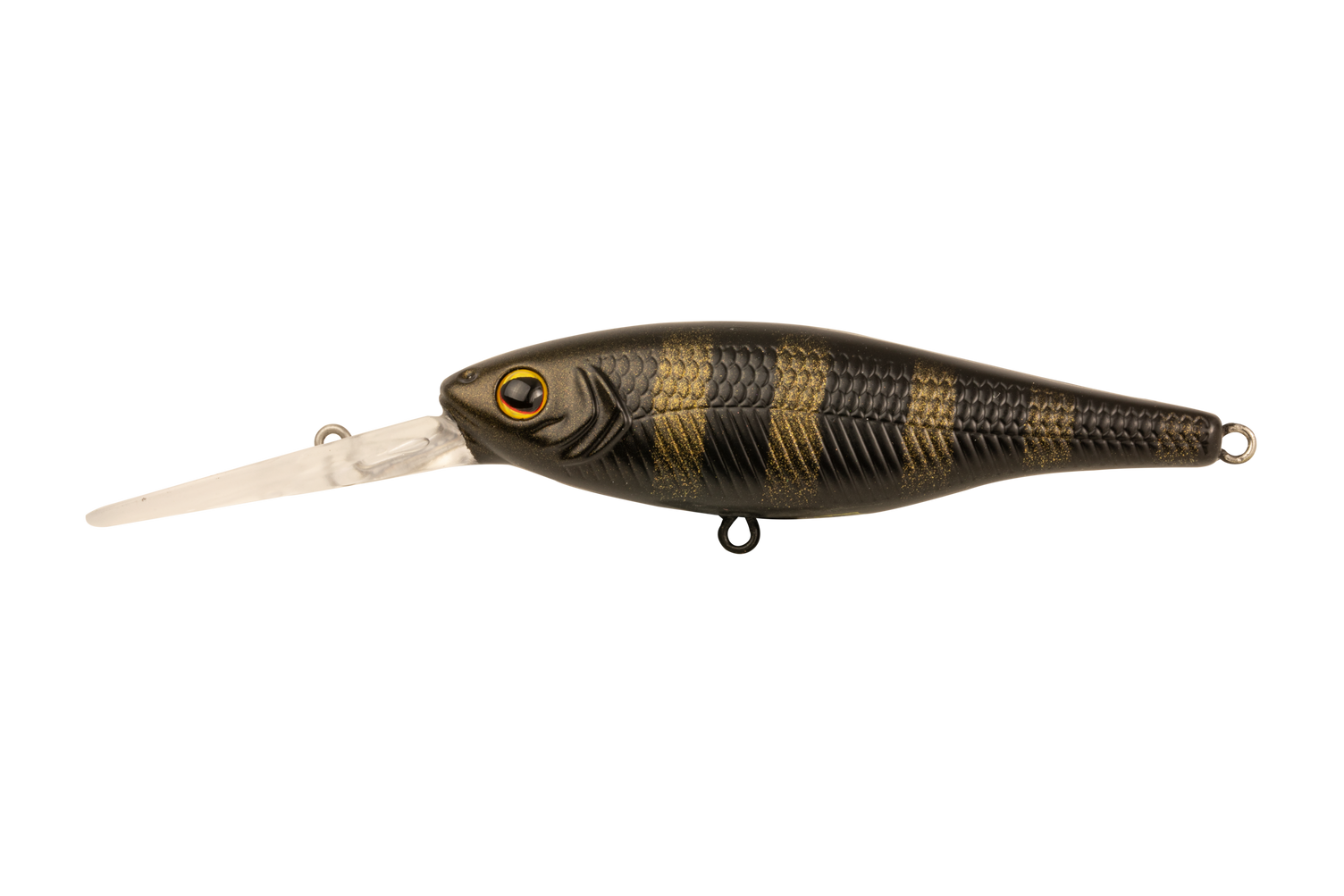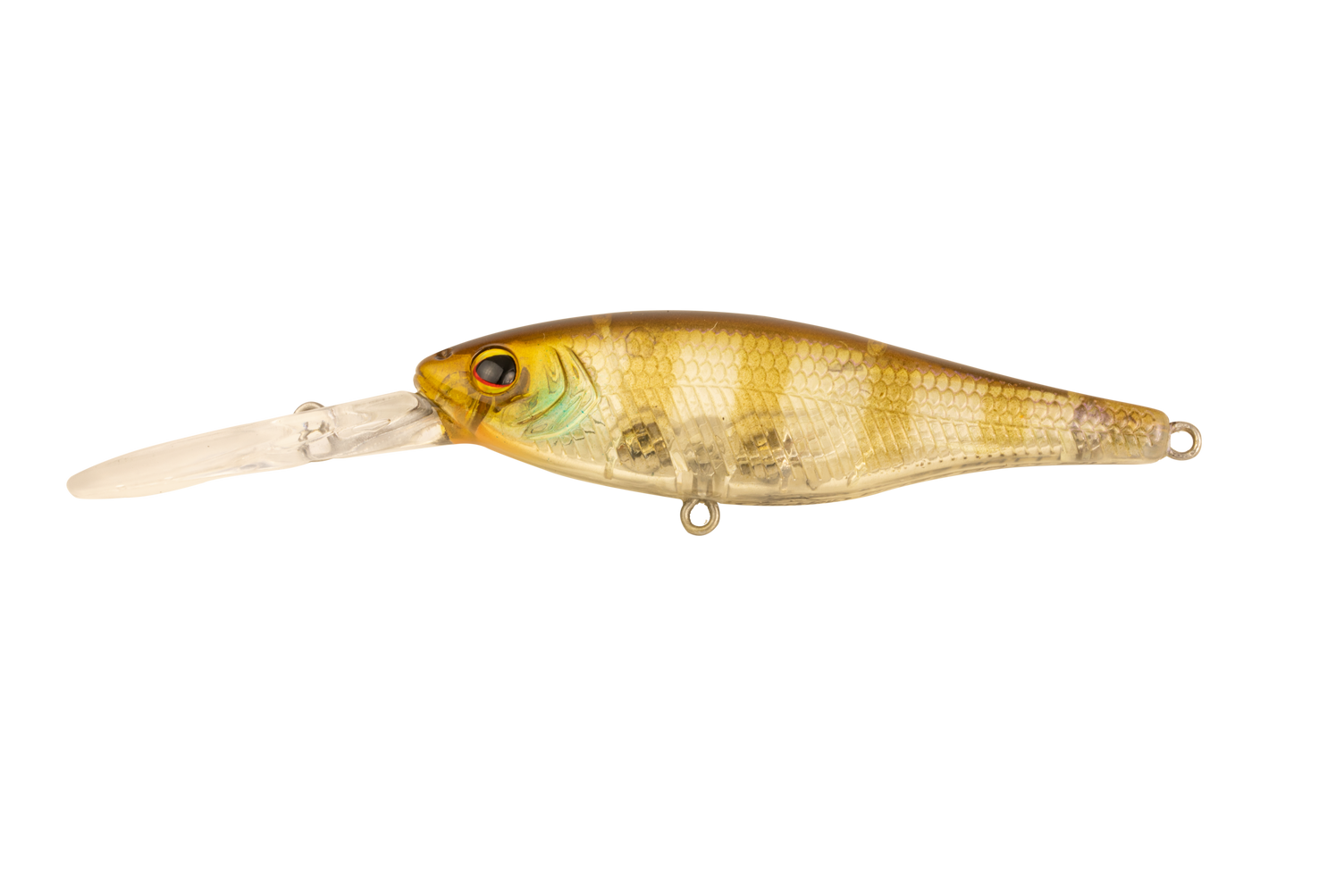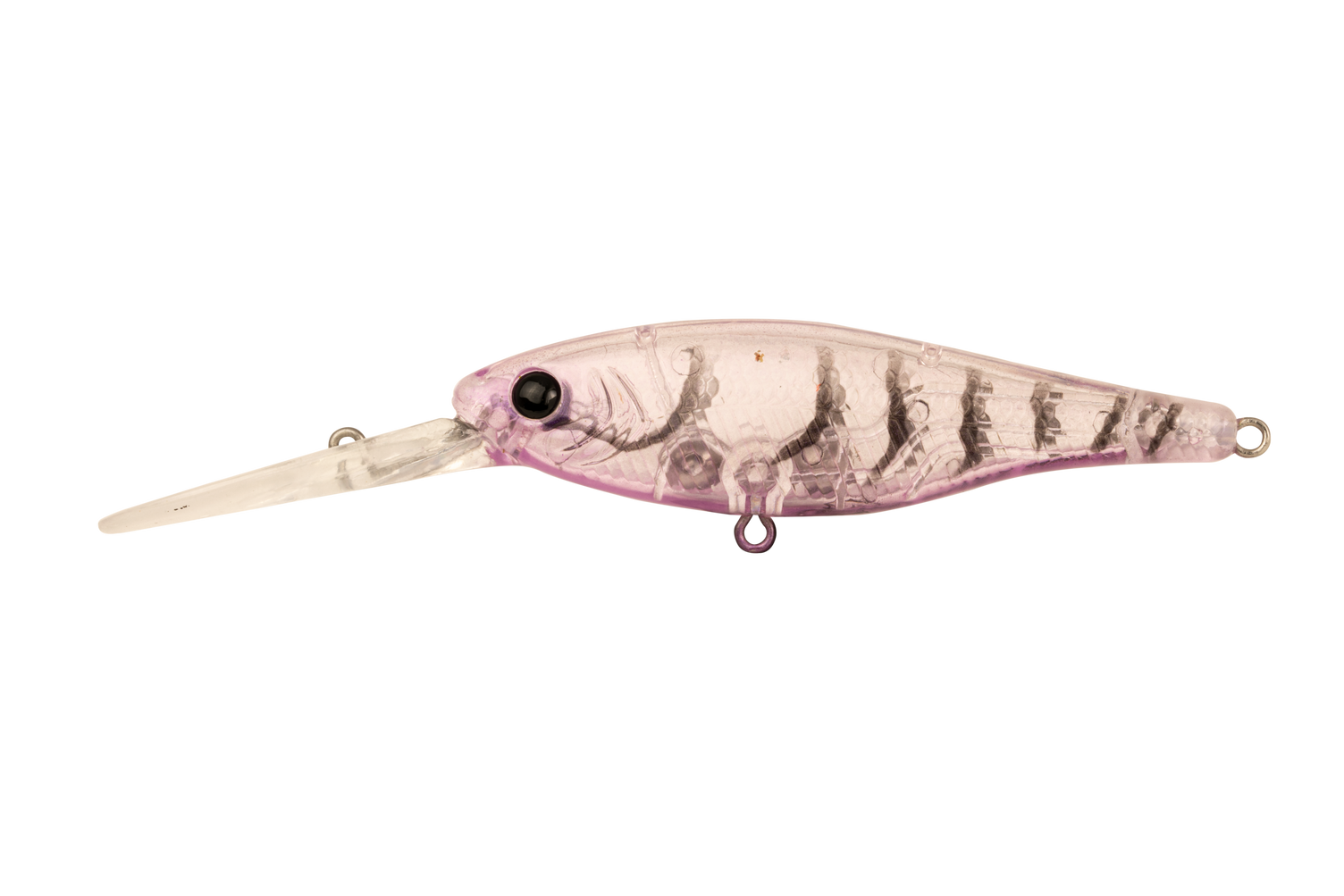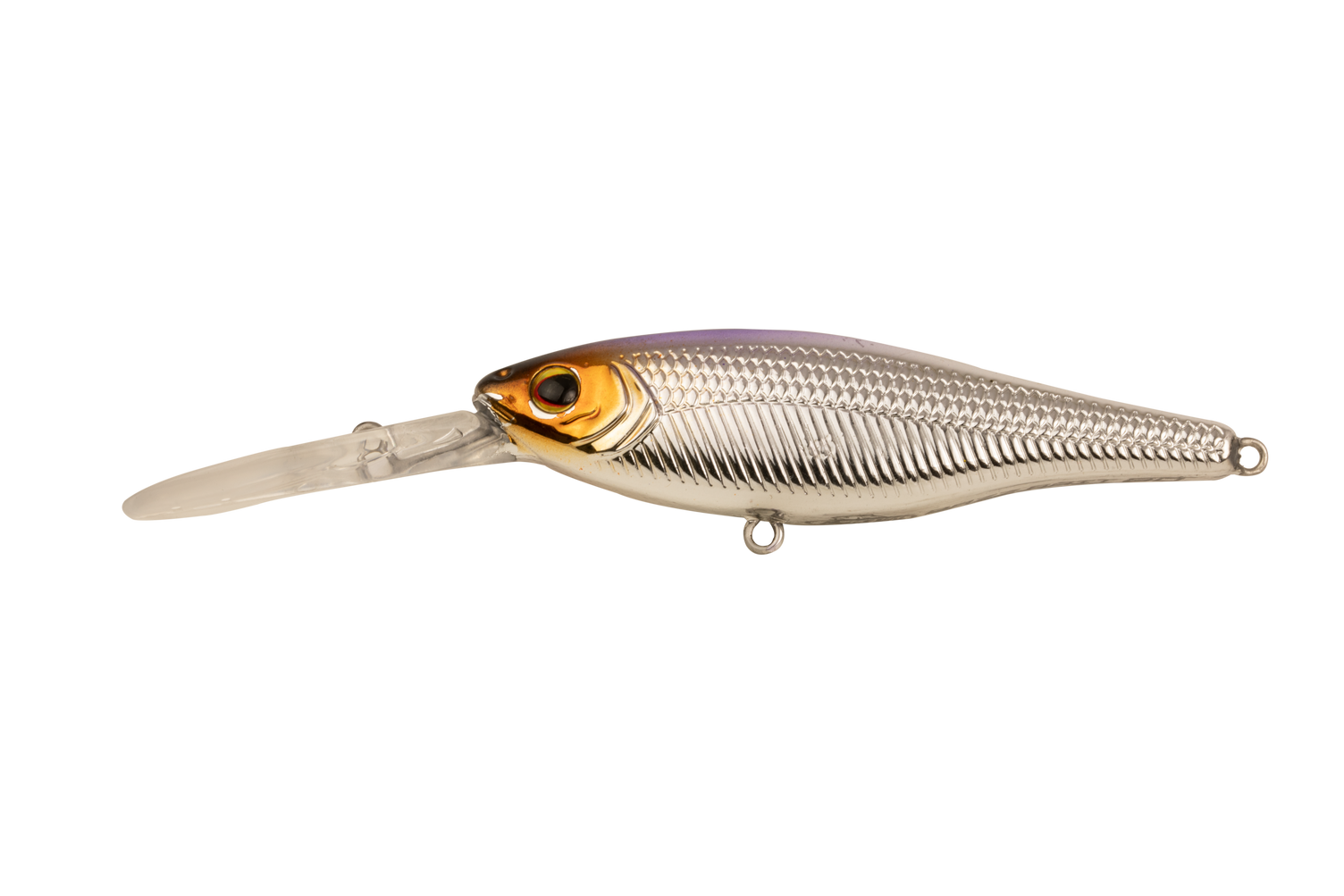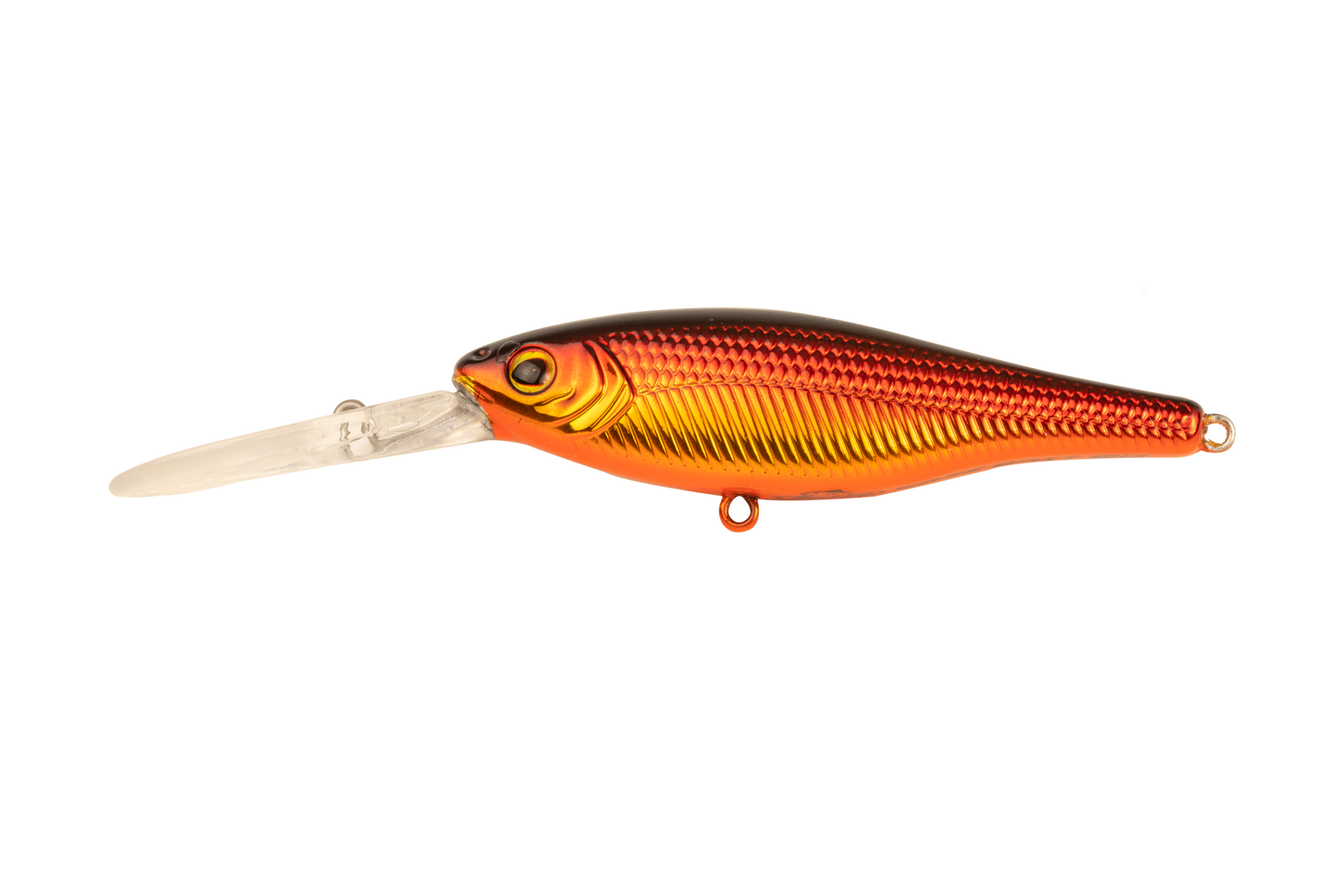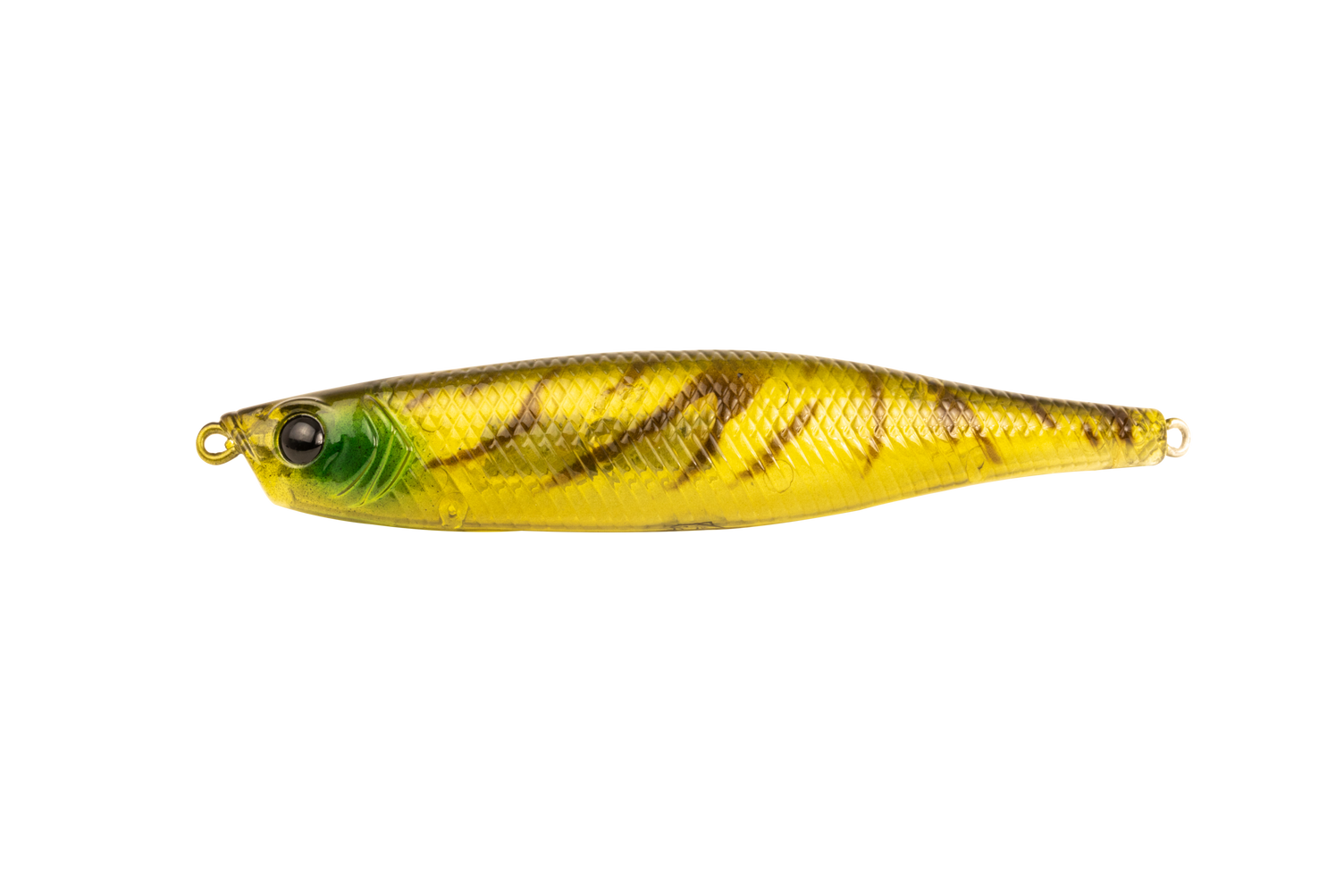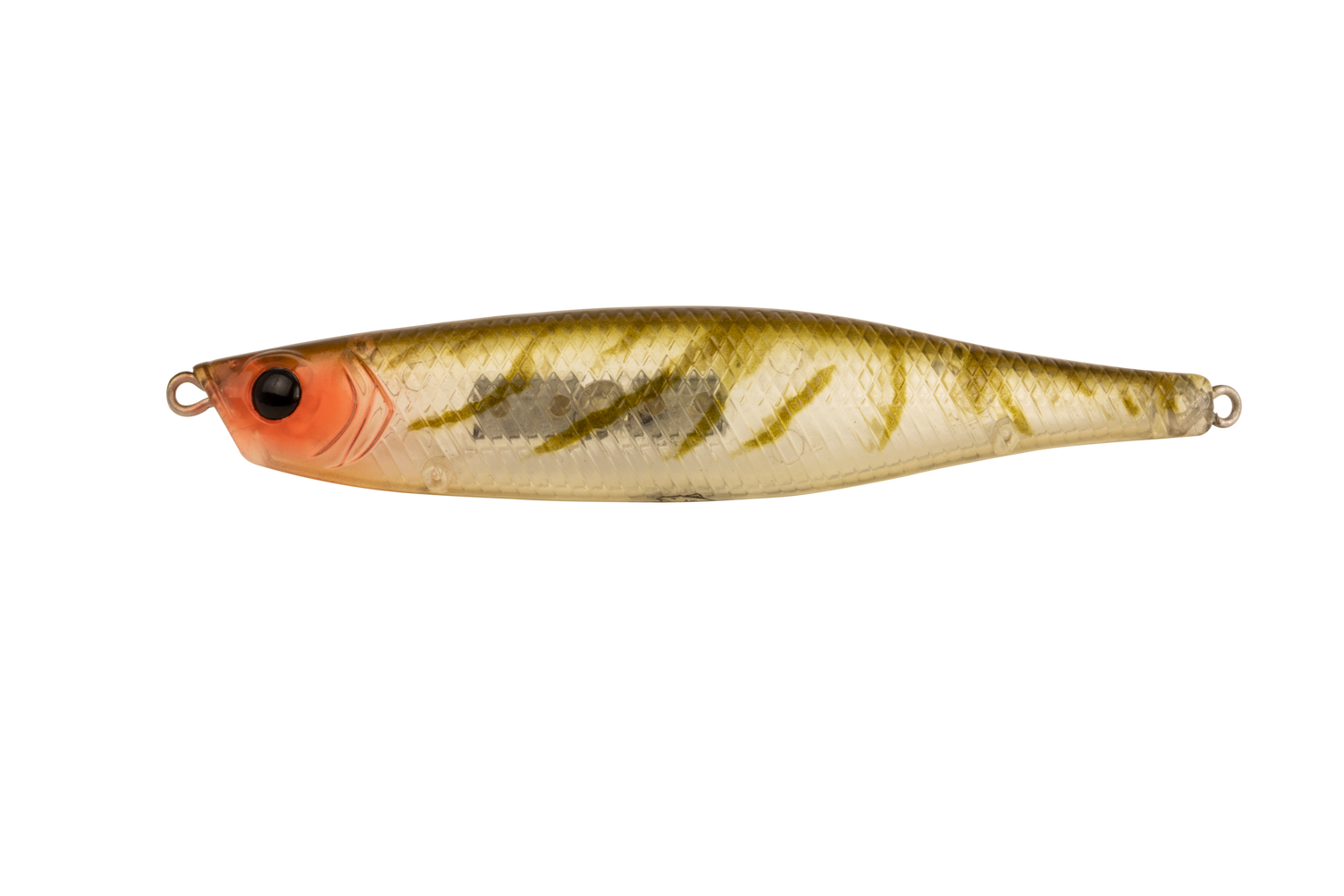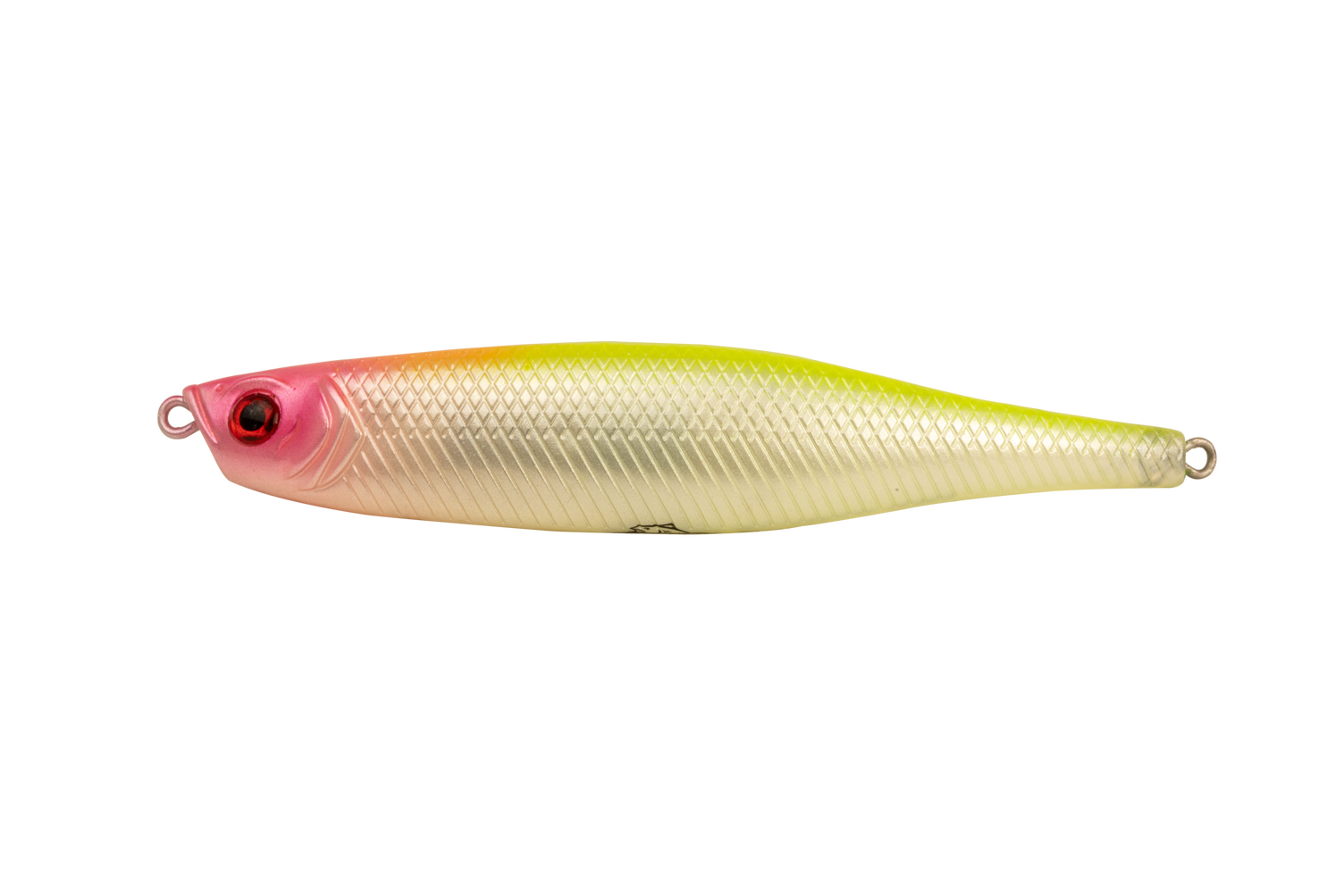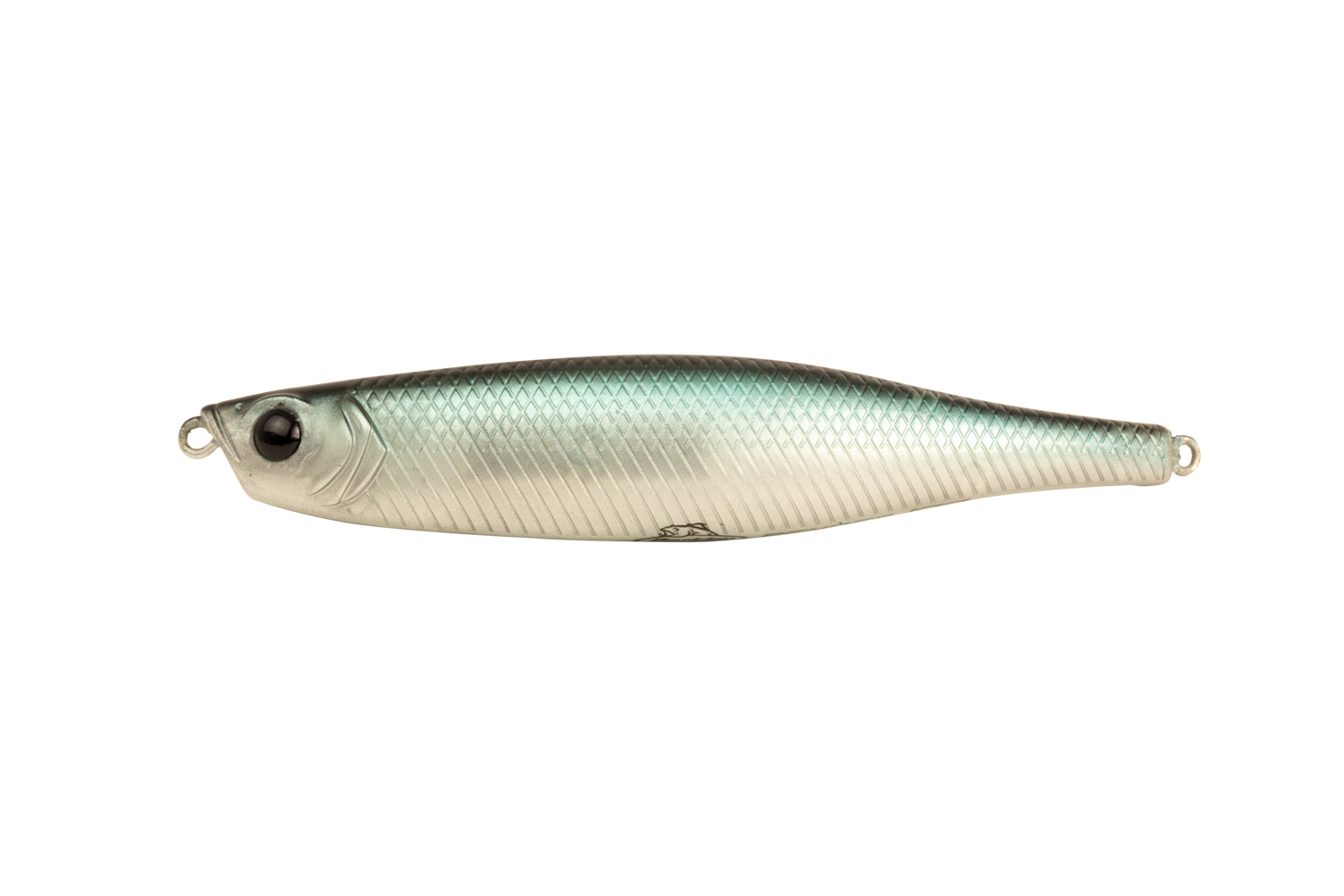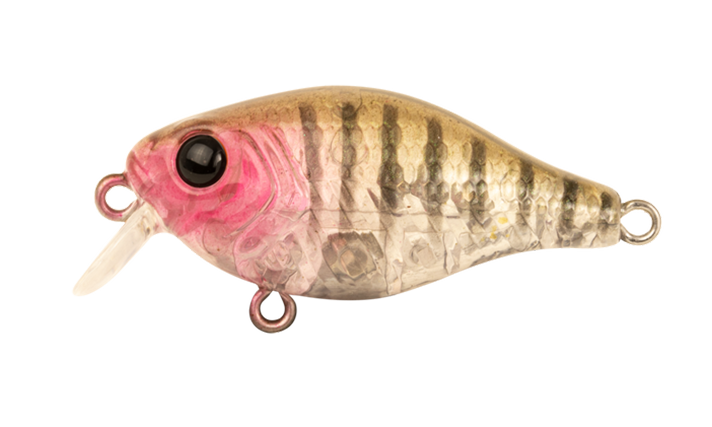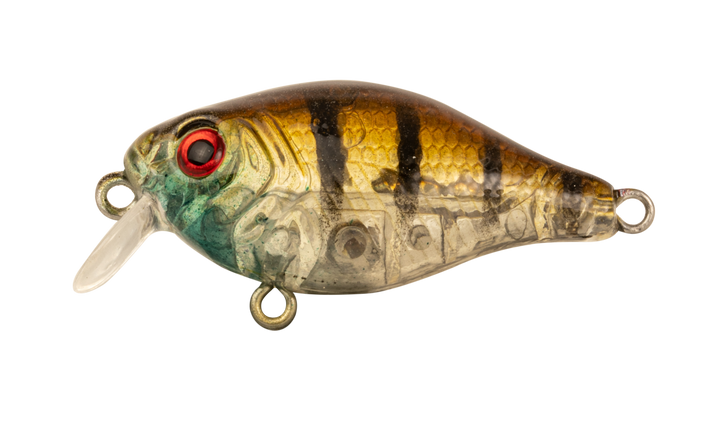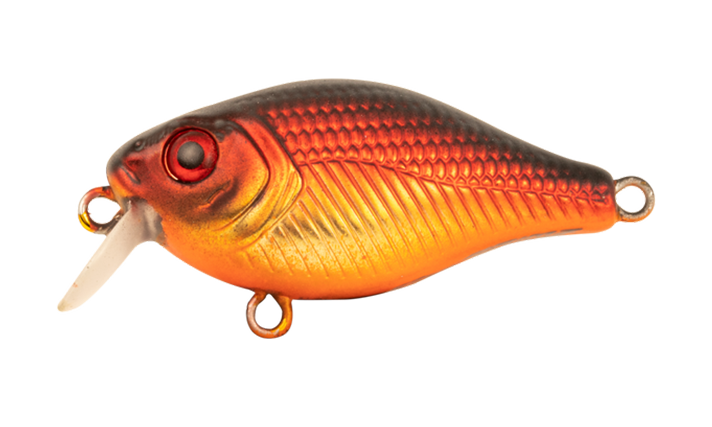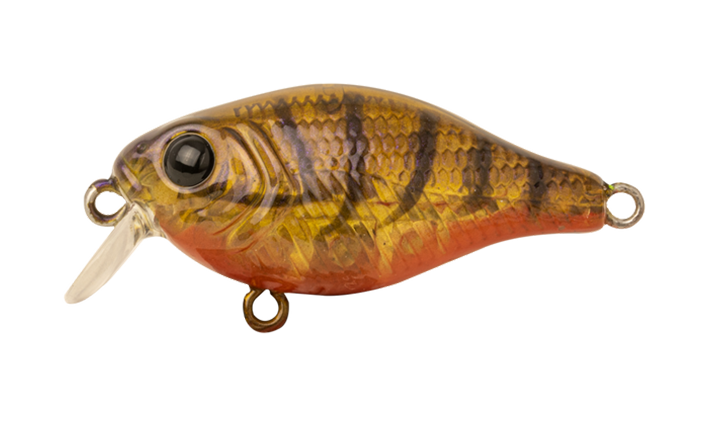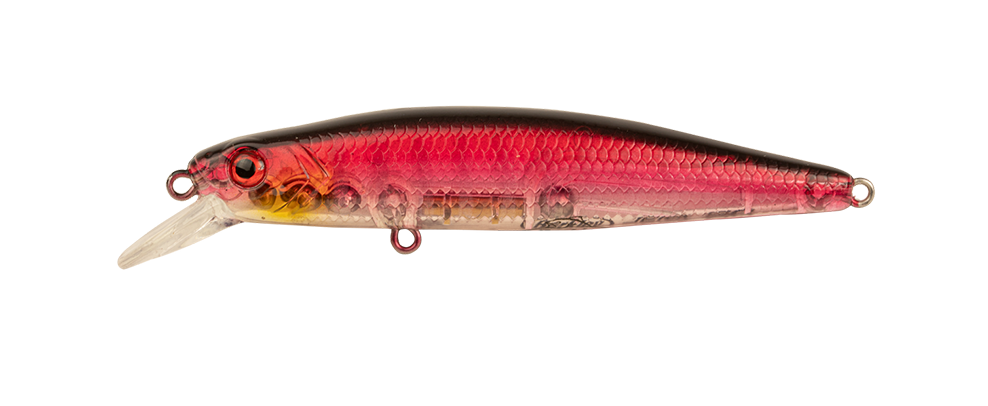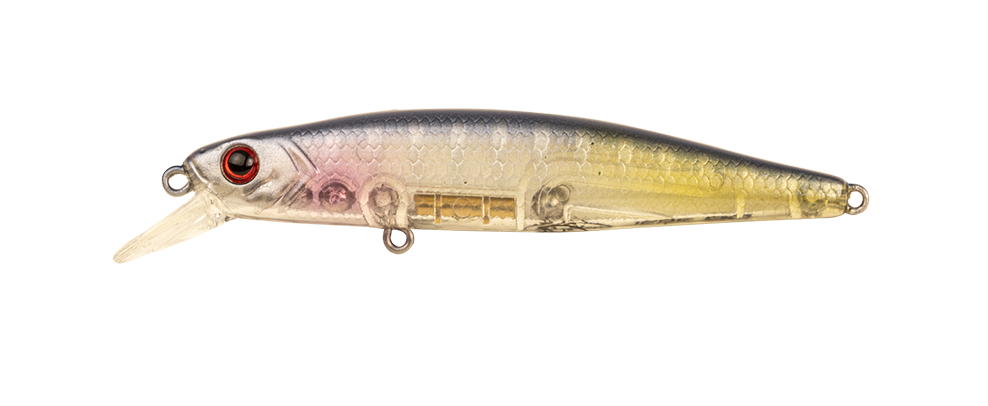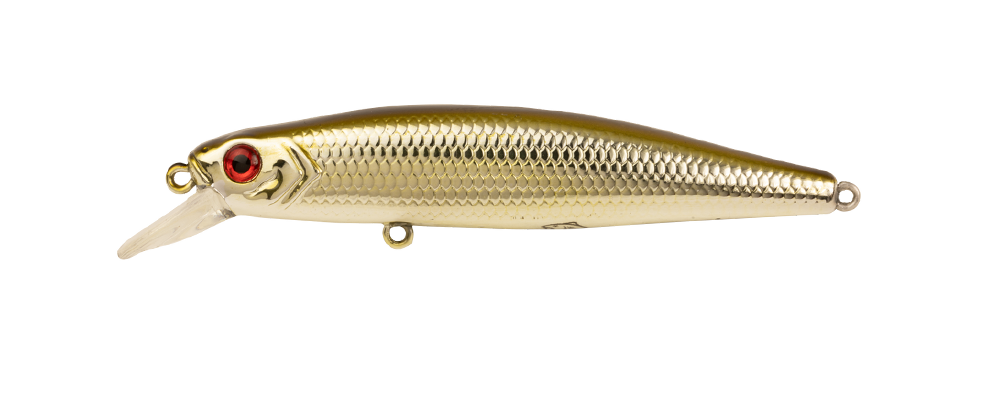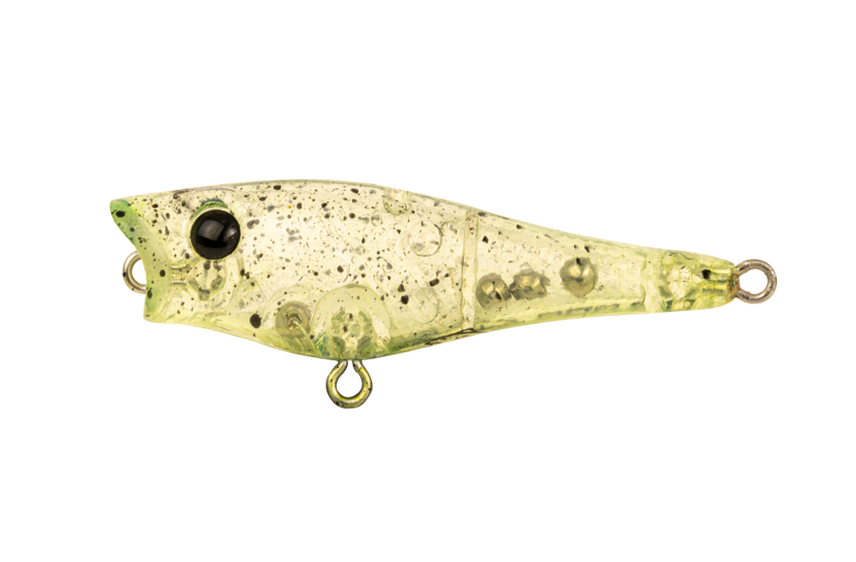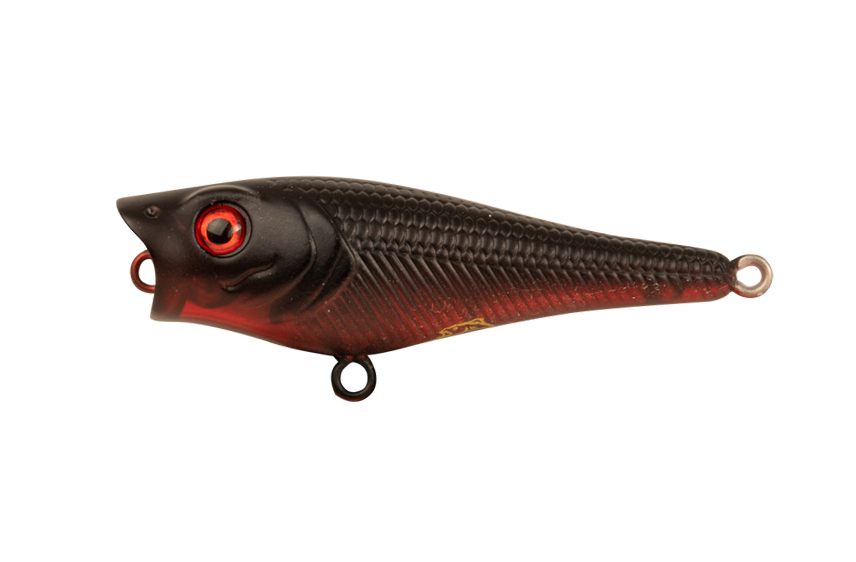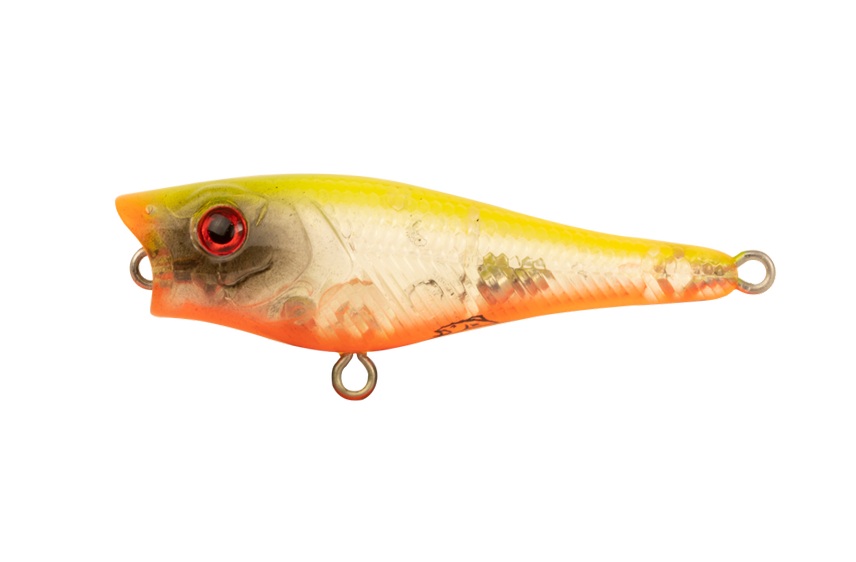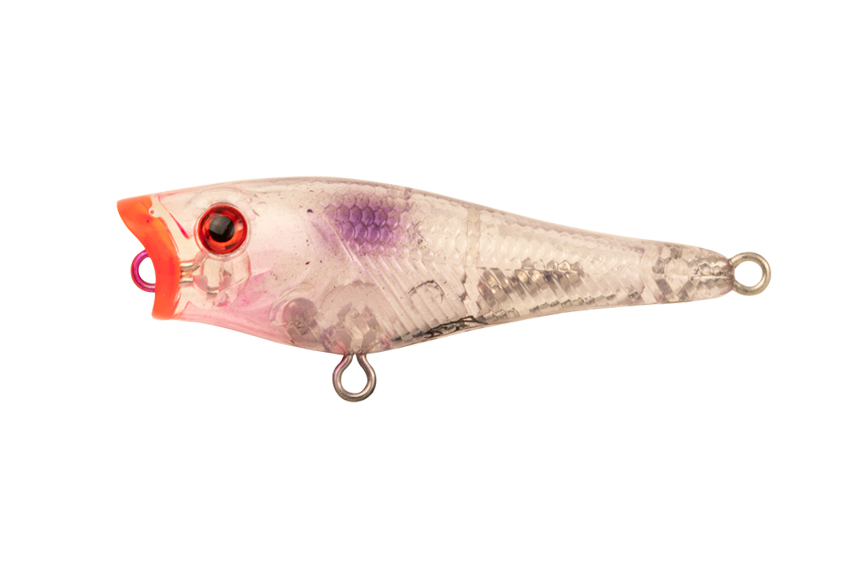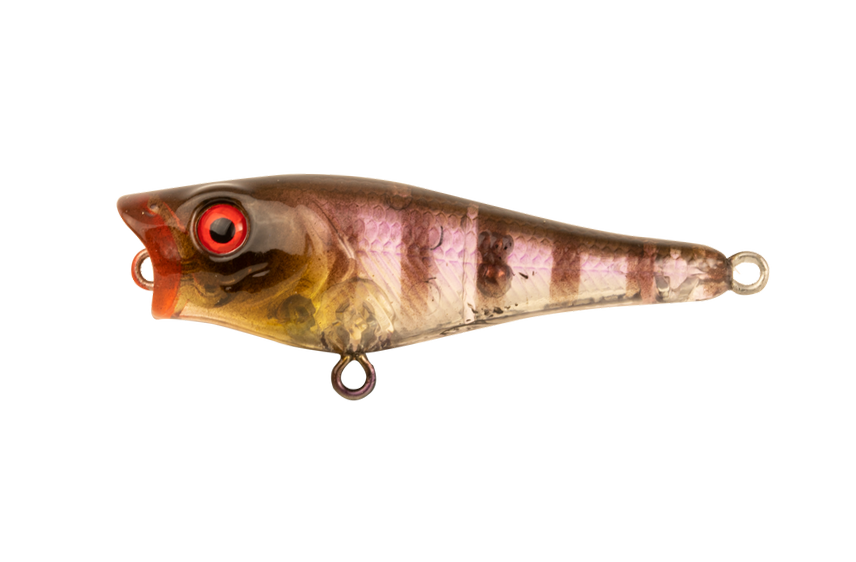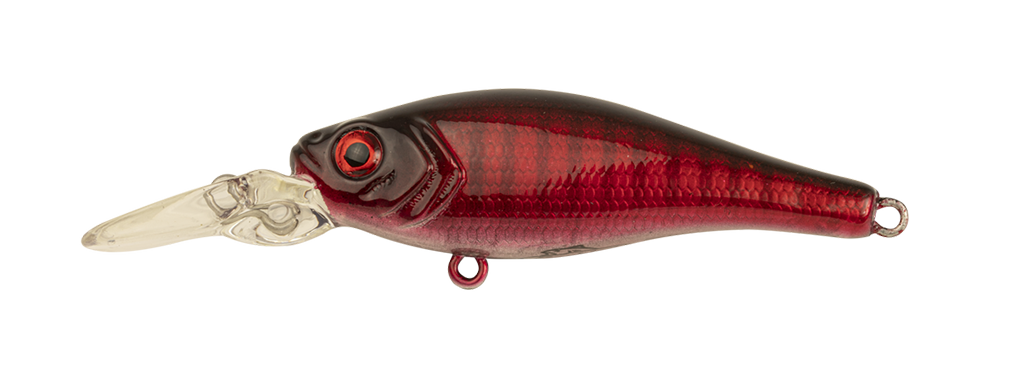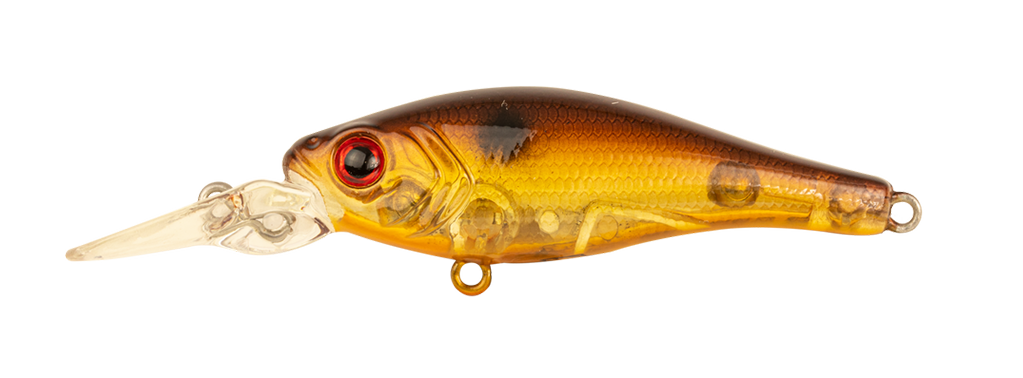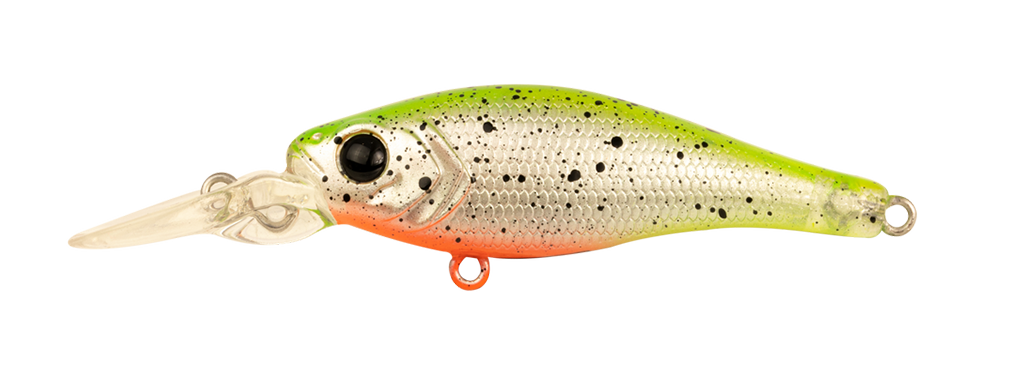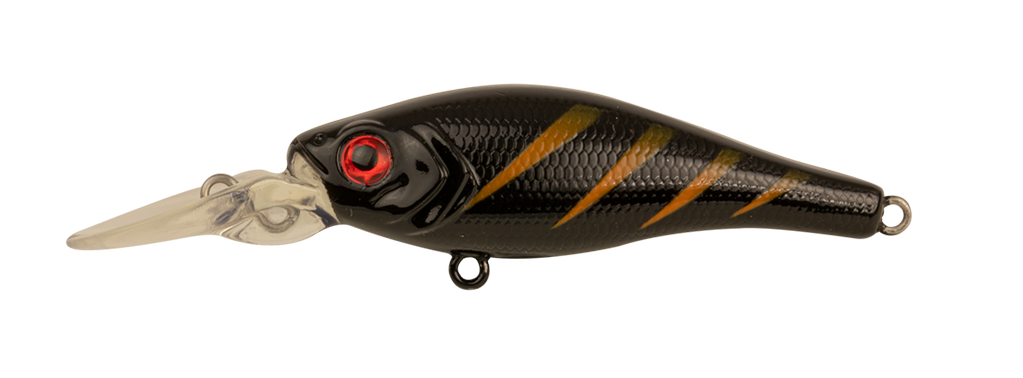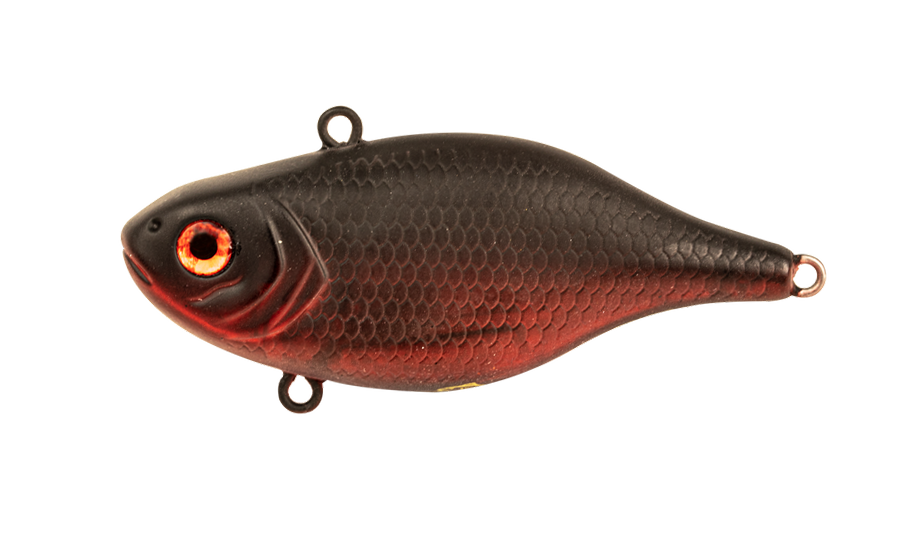PINKIE SNAPPERS ON PLASTICS
by Brent Hodges
Snapper season is now in full flight down here in Victoria and over the past month or so I’ve been out on Port Phillip Bay working the inshore shallow reef areas with Berkley Gulp! soft plastics. By shallow, I’m talking depths of just 3 to 6m where those with smaller craft, including tinnies and kayaks, are in with an even chance of accessing the prime real-estate – given safe boating conditions of course. Admittedly, drifting the inner reefs and casting soft plastics from a small boat built for flat water is a fine balancing act – too rough and we’re unable to get out and back safely. Too calm and you just don’t cover enough ground and/or the fish are reluctant to feed with any confidence in such skinny water. Though the majority encountered so far this season would be classed as small to medium size snapper or pinkies (ranging size from just 35 to 65cm), there is always a chance of the odd 5kg plus monster making an appearance. In between the larger specimens, pinkie snapper certainly offer some entertaining action on light gear in the shallows.

E-Motion in Motion
Tackling up for snapper on soft plastics is a compromise between finesse and power. Simply tying a jig-head onto a traditional 6-8kg bait fishing outfit spooled with 20lb plus monofilament definitely won’t cut it. In order to maximise casting distance and bring the plastic to life underwater, a purpose-built spin rod up to about 7ft in length is the way to go. New to the Berkley stable this season, the E-Motion series offer a fairly fast action blank with a reasonably light tip and enough guts through the midsection to set the hook and steer a fish away from trouble. They also come fitted with Fuji guides, a unique soft touch reel seat design and a very reasonable price tag – a perfect gift for Christmas for any budding lure enthusiast! Over the past few weeks, I’ve been trialling the 2-5kg (2-piece) E-Motion – which has performed admirably to date, easily accounting for fish in the 1 to 2.5kg bracket.
Matched to an Abu Garcia Revo (30) thread-line reel spooled with 6lb Nanofil or Tournament Exceed and a rod length of 8-10lb Sensei or Vanish fluorocarbon leader and you really can’t go wrong. A more assertive 3-6kg outfit spooled with say 10-12lb mainline and 12-15lb leader is also a good option when working deeper water or whenever larger snapper move in over the reef. While this gear is still relatively light in comparison to most standard bait fishing combos, it is more than capable of playing out a big red in open water – particularly when fishing on the drift where chasing a big fish down under electric power is a viable option.

Snapper Nemesis
Soft plastics with wriggly tail actions are seemingly impossible for snapper to resist and so far this season the GULP! 4in Nemesis range has been the standout. The unique Nemesis shape comprises a shad style body with a grub or worm pattern wriggly tail that always swims enticingly on the drop. Nuclear Chicken, Camo and Pumpkinseed are my absolute tried and trusted favourite colour patterns. New this season, however, there are some great looking additions that are also expected to be a real hit, particularly in clear conditions. Over the years, Crazy Legs Jerk Shads and Turtle Back Worms have been my go-to plastics for pinkie snapper in the shallows, so don’t discount these options either.

Stealth Factor
Selecting an appropriate jig-head and hook pattern is critical. While a reasonably fine gauge deadly sharp hook helps penetrate a snapper’s bony mouth on the strike, it must also be strong enough to hold its shape and remain connected under load. Nitro Stealth jig-heads have been specifically designed for this purpose. Weights should be selected according to the depth of water, wind, current and the size and shape of the soft plastic. As a general guide when chasing pinkie snapper in the shallows – a 1/8 to 1/4oz jig-head in a Size 1 or 1/0 hook pattern matches up nicely with the Gulp! 4in Nemesis range and covers most scenarios from say 4 to 10m of water. An ability to rig a soft plastic correctly is crucial and this can be practiced and perfected at home. Always ensure a plastic is rigged straight and centered neatly on the jig-head. Take the time to measure the plastic against the hook to determine exactly where the point should exit. Avoid bunching the plastic up against the jig-head or stretching it to fit over the hook. If it doesn’t look perfect, rig it again until it is right. Once you’re happy with the way it sits, test whether the tail swims straight (i.e. does not spiral or track to one side), both whilst being dragged through the water and when falling freely to the bottom.

Wheels in Motion
Most snapper intercept a soft plastic as it falls through the water column on the initial drop after casting. Some can be enticed to strike through the retrieve, whilst others will pick up a Gulp! whilst it’s lying motionless on the bottom. With this in mind, as long as the plastic is rigged correctly on a suitable jig-head, all you really need to do is make the longest wind assisted cast possible and effectively manage the line. Learn to master a basic lift and drop style retrieve and you’ll certainly pick up a few more fish, but it’s surprising how many pinkie snapper crunch a plastic on the initial descent. Mending the line, detecting hits and setting the hook is where most of skill comes into play. Upon closing the bail arm and taking up any slack, maintain a slight bow in the line as the plastic falls to the bottom. Anytime the line flicks, twitches or straightens – strike firmly to set the hook. Some days, snapper simply charge off with the plastic, driving the hook home in the process. If the lure makes it to the bottom, the line will relax, at which point you can commence a basic lift and pause style retrieve for wriggly tail patterns or a somewhat more aggressive double whip for baitfish imitations. First and last light is most definitely prime time in the shallows. Overcast or cloudy skies, combined with a moderate breeze and steady chop, help prolong this short bite window. Fishing either side of a change in tide will also improve your chances of some hot action this summer.




